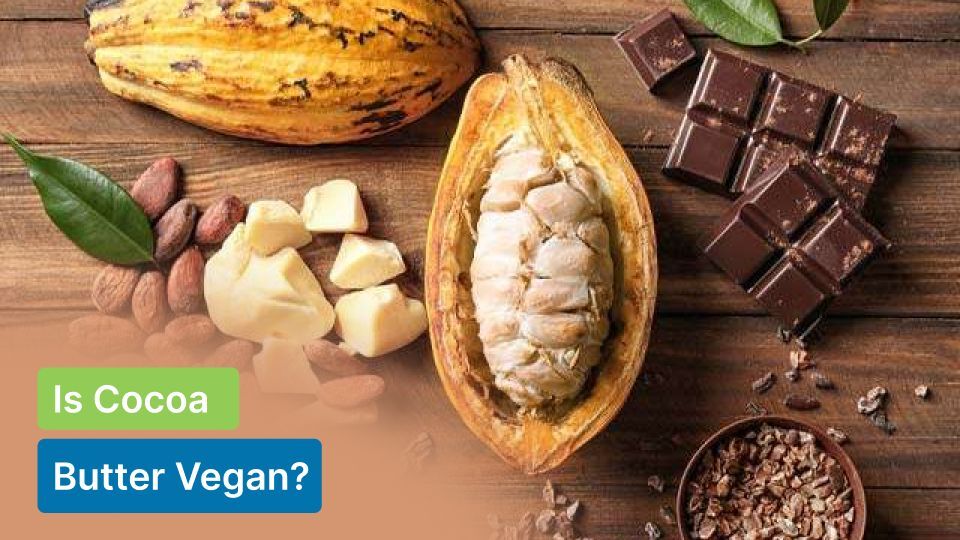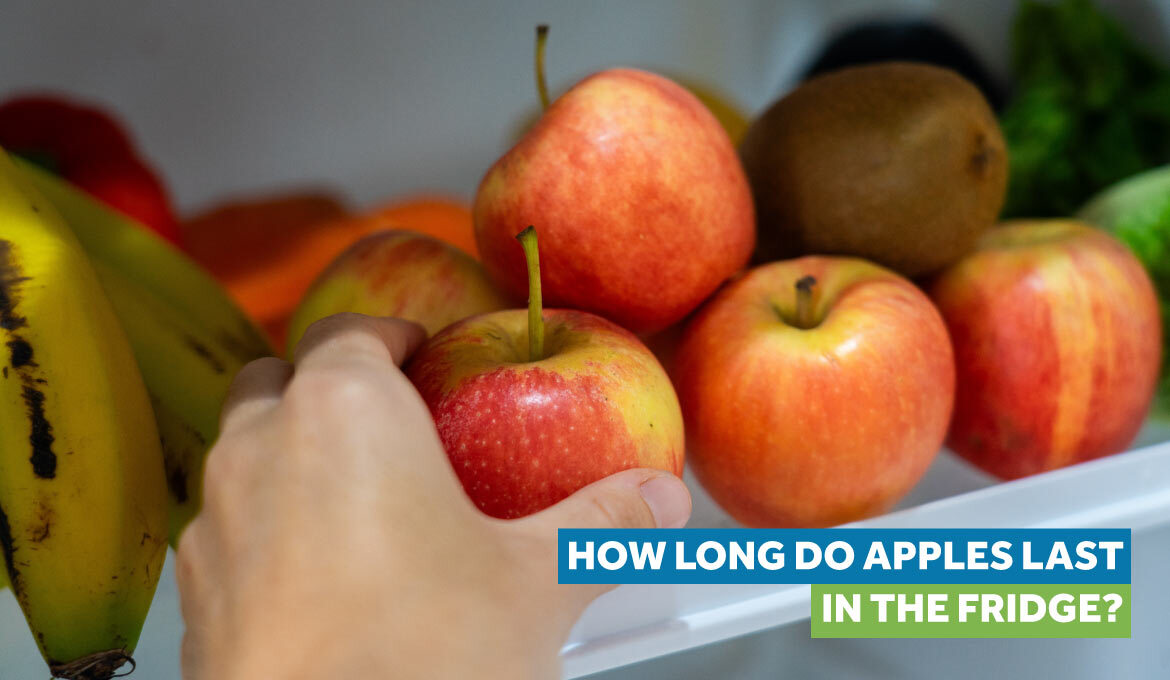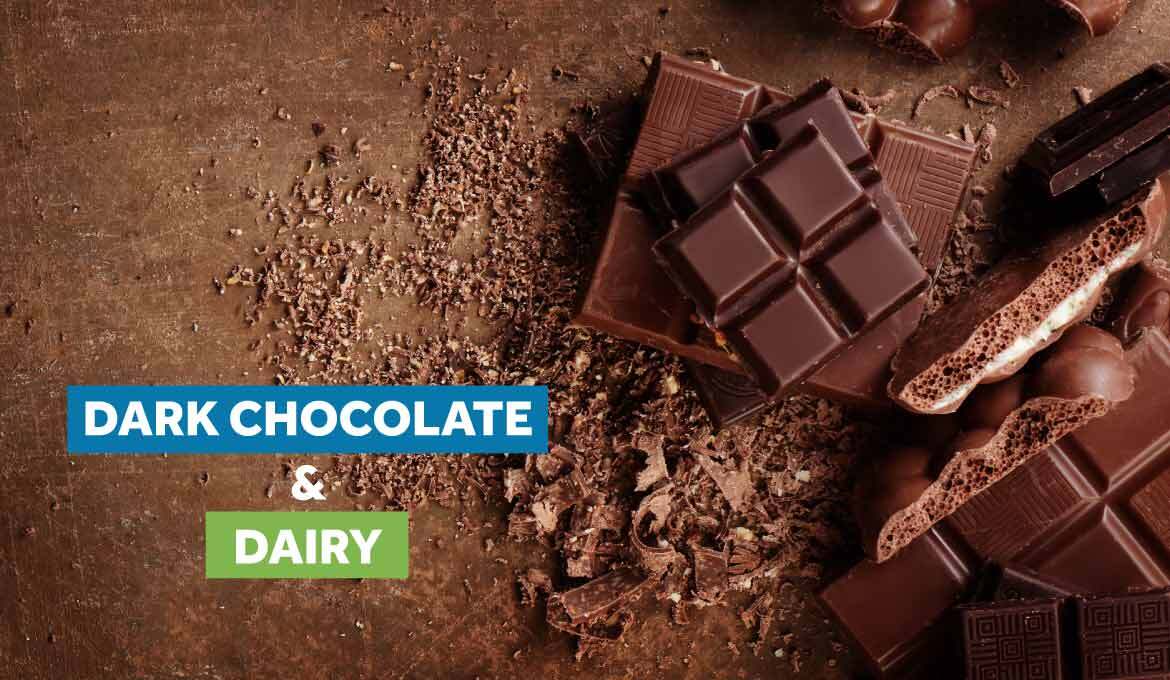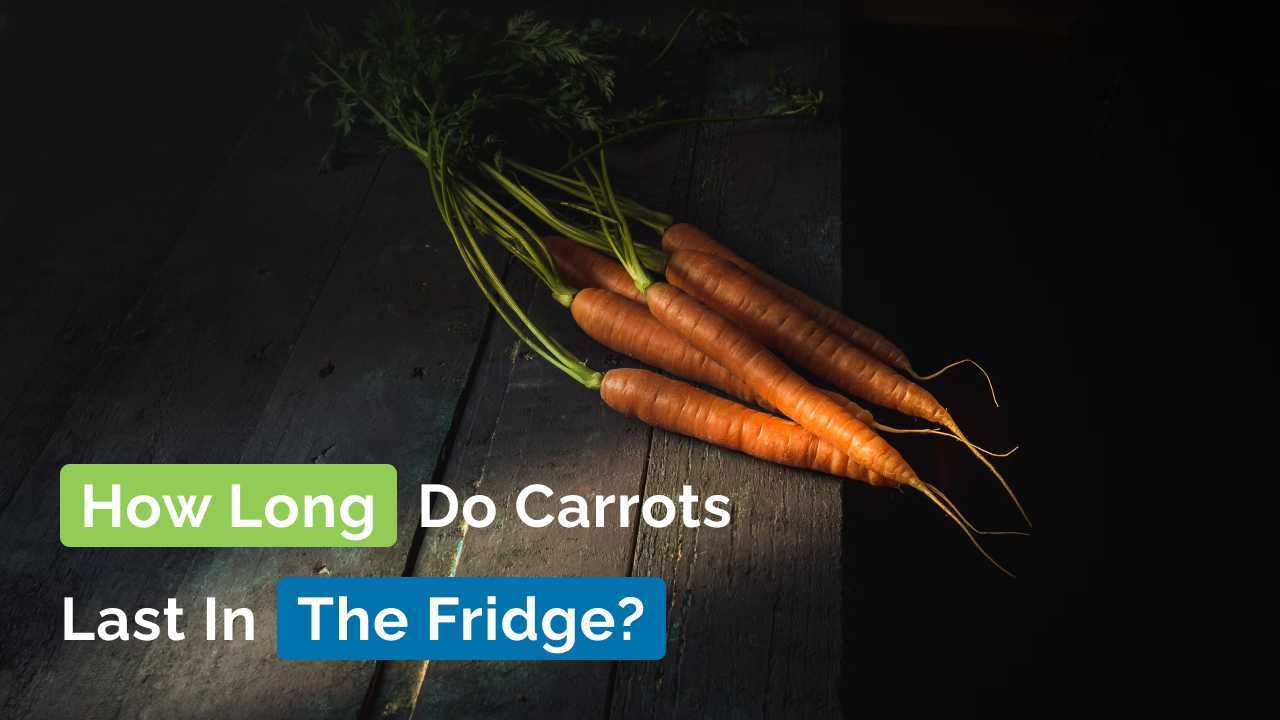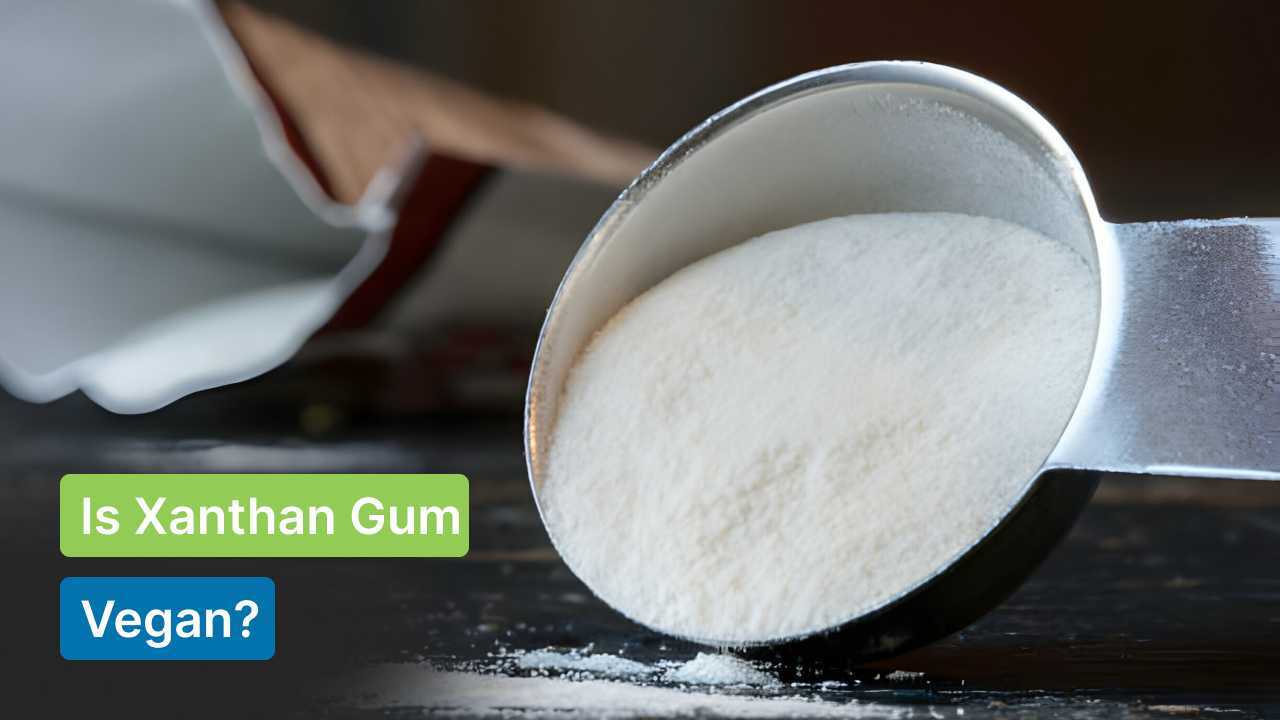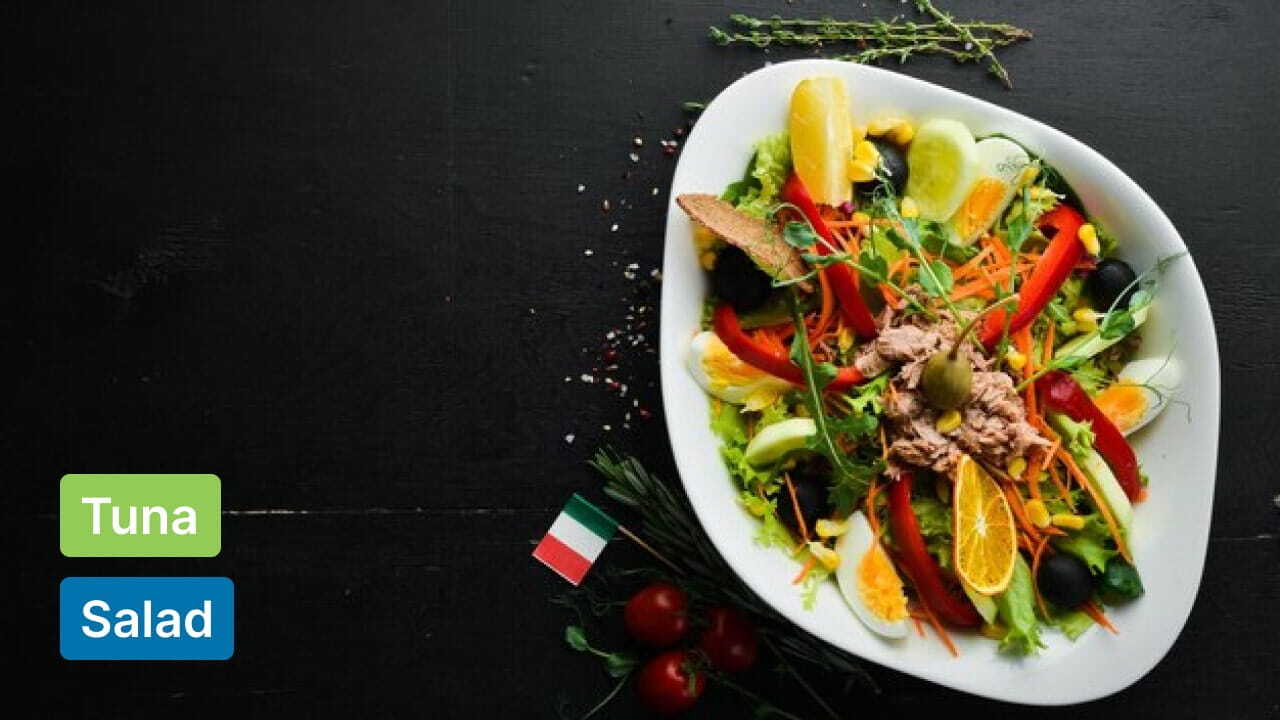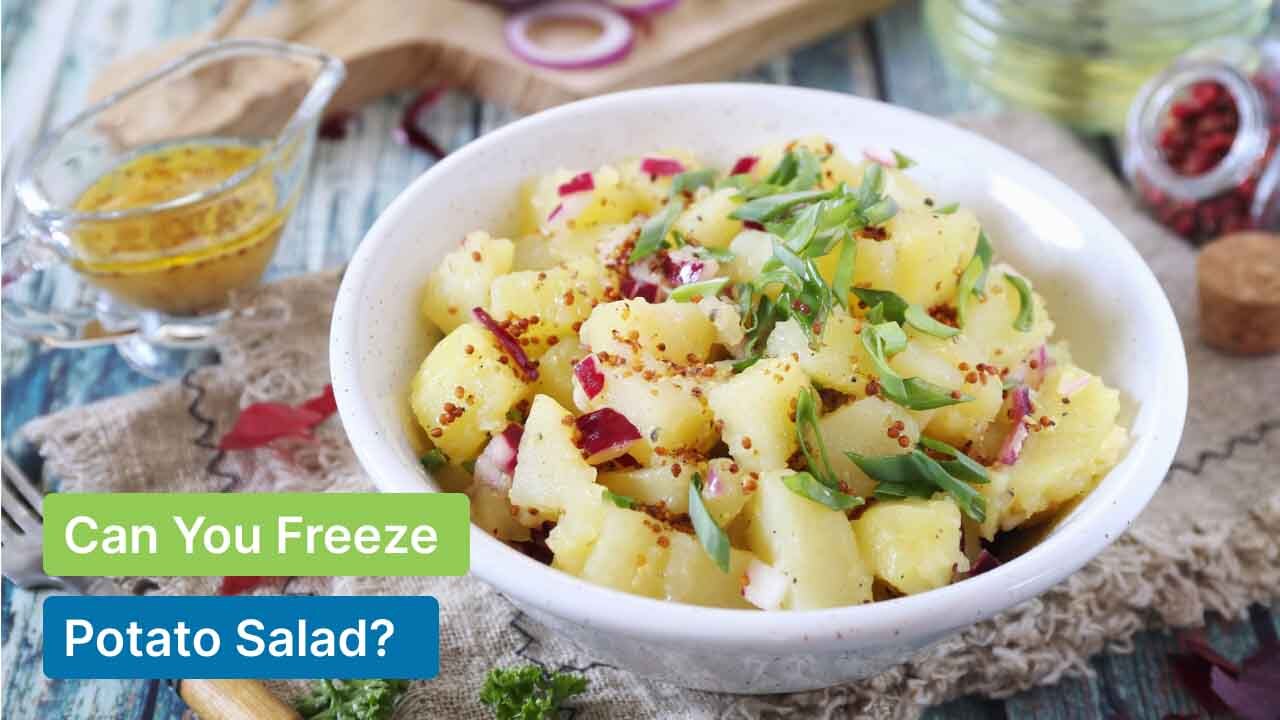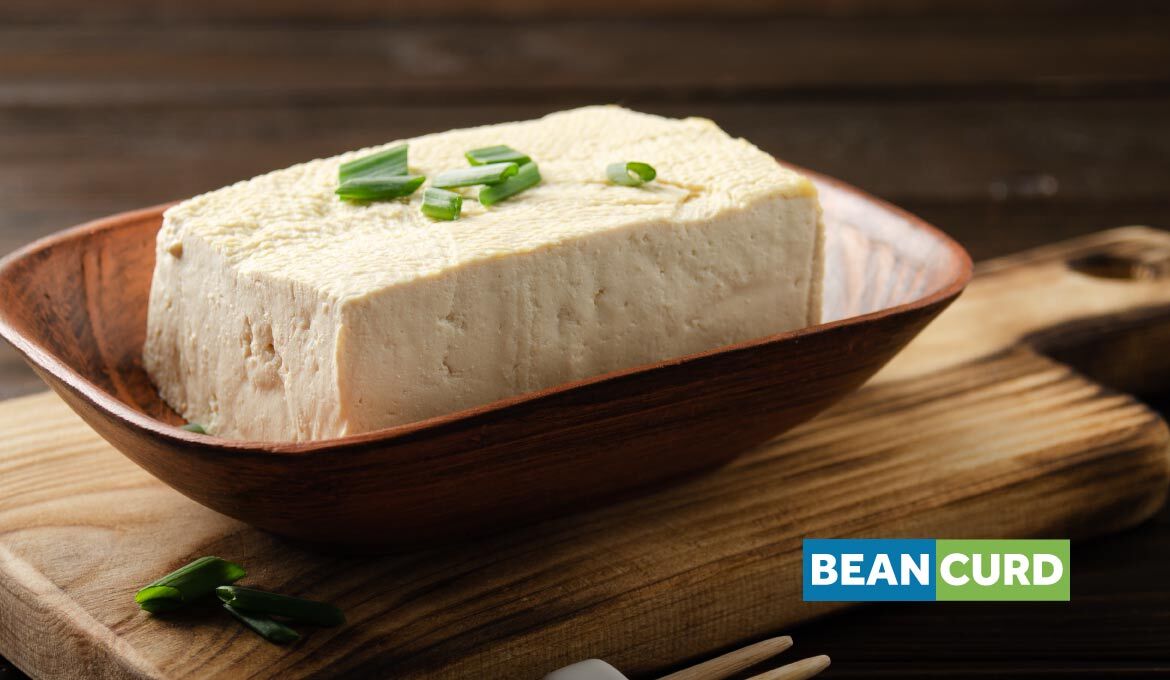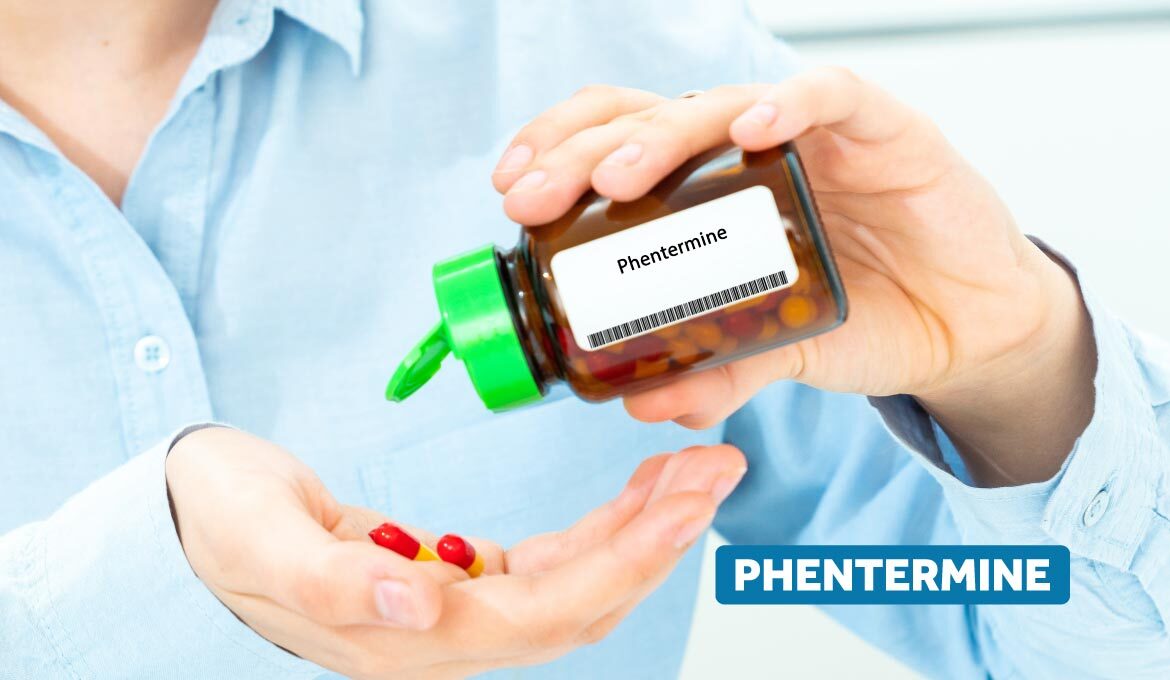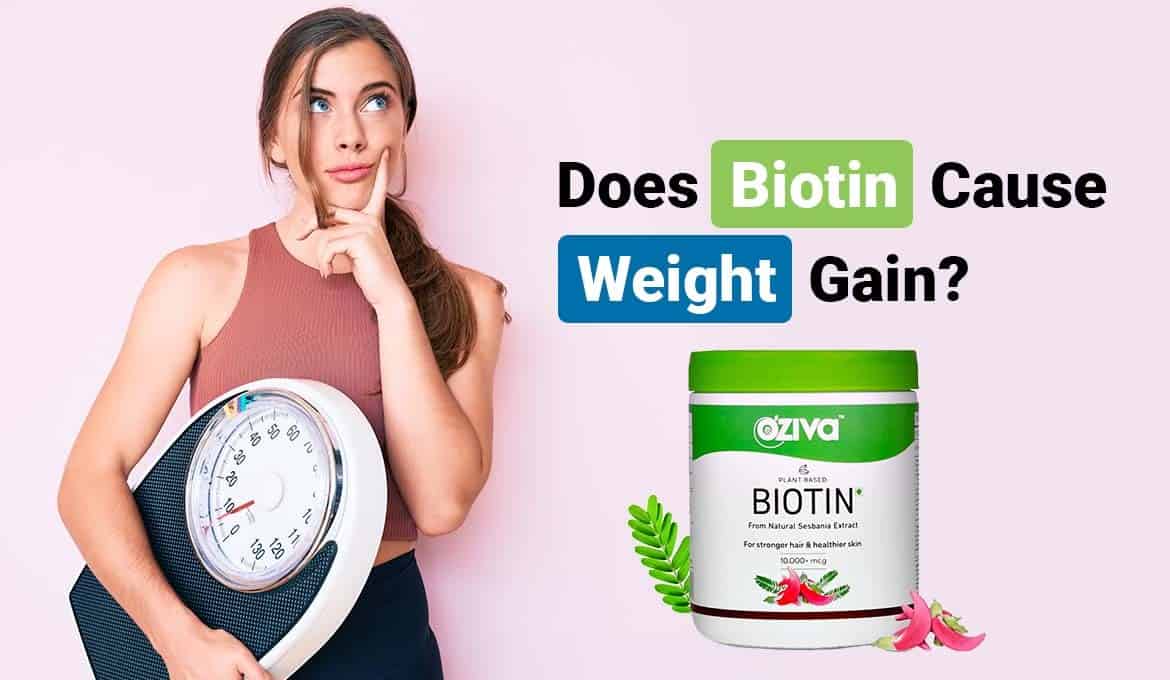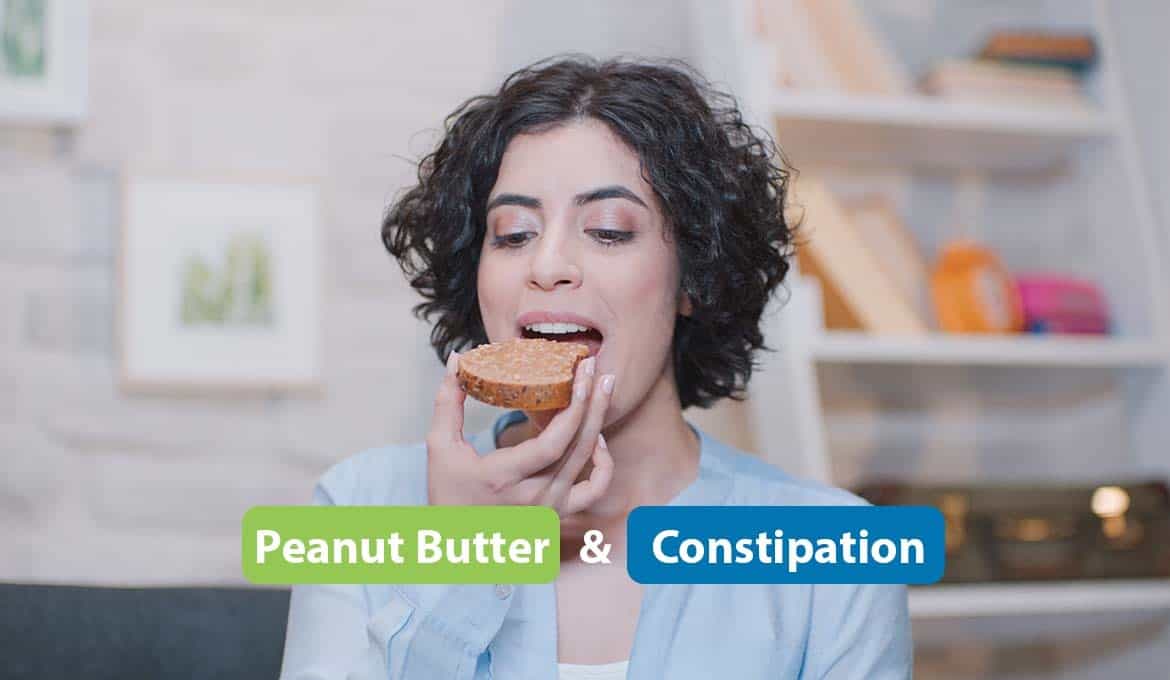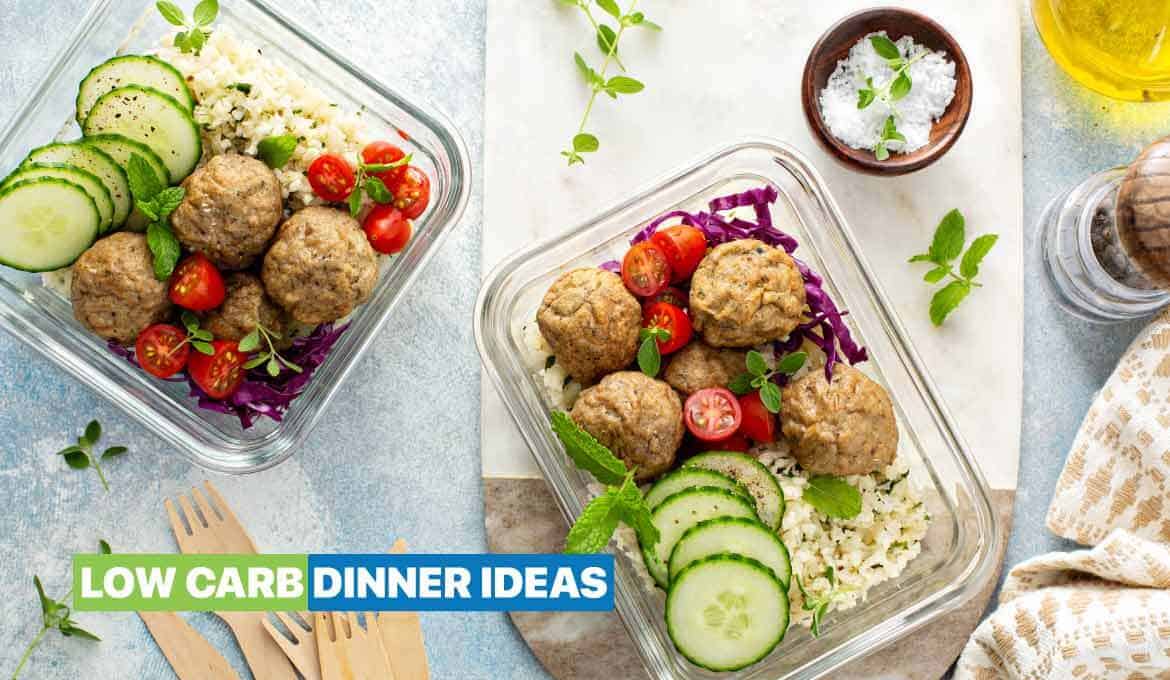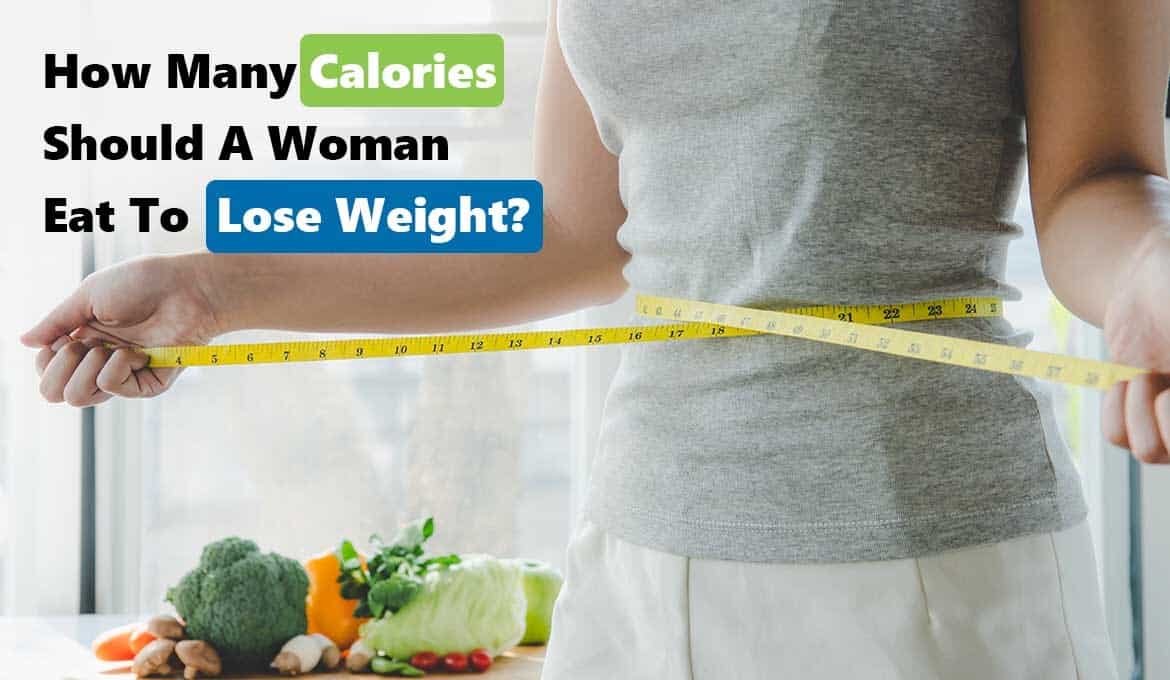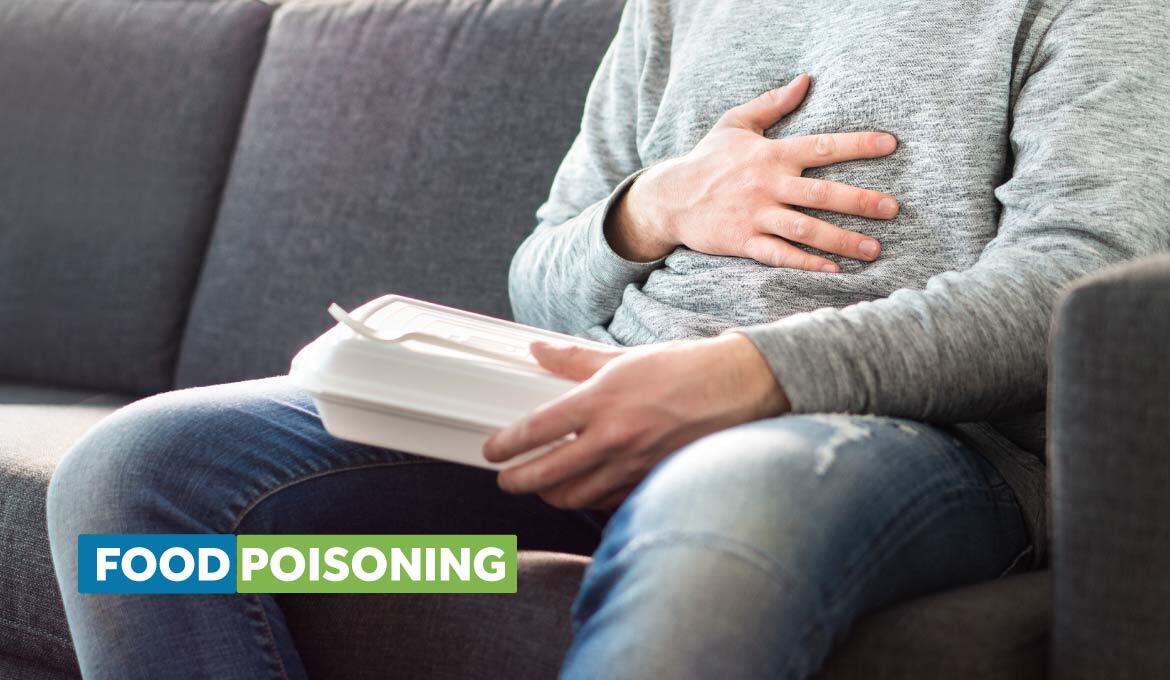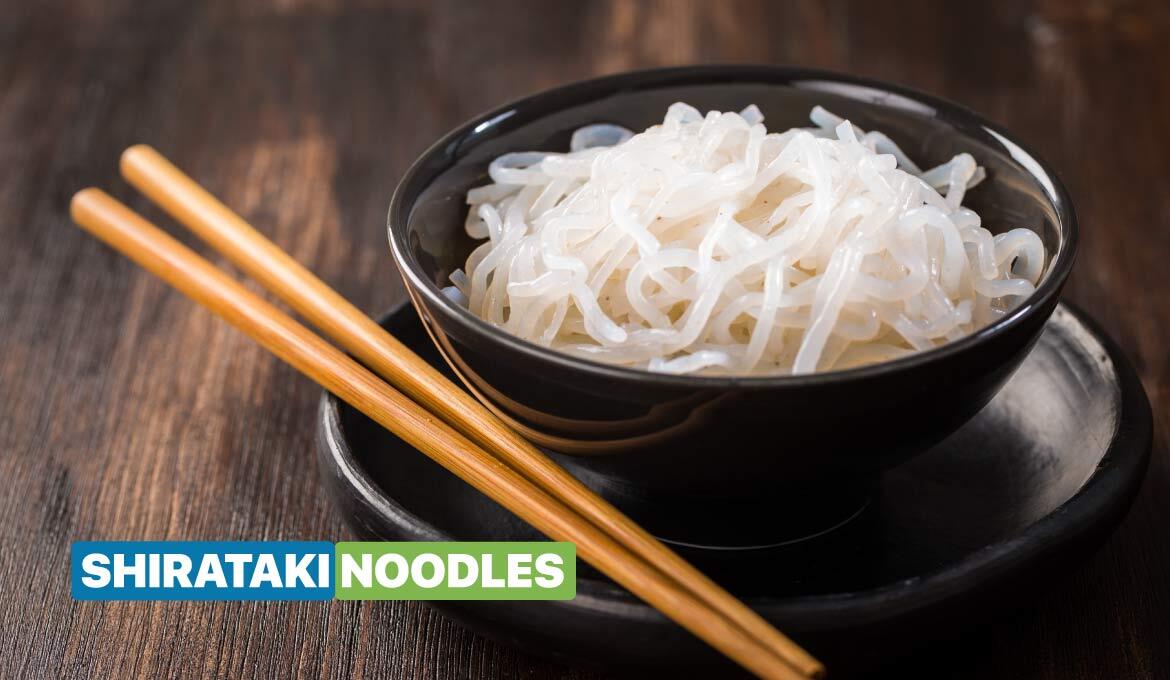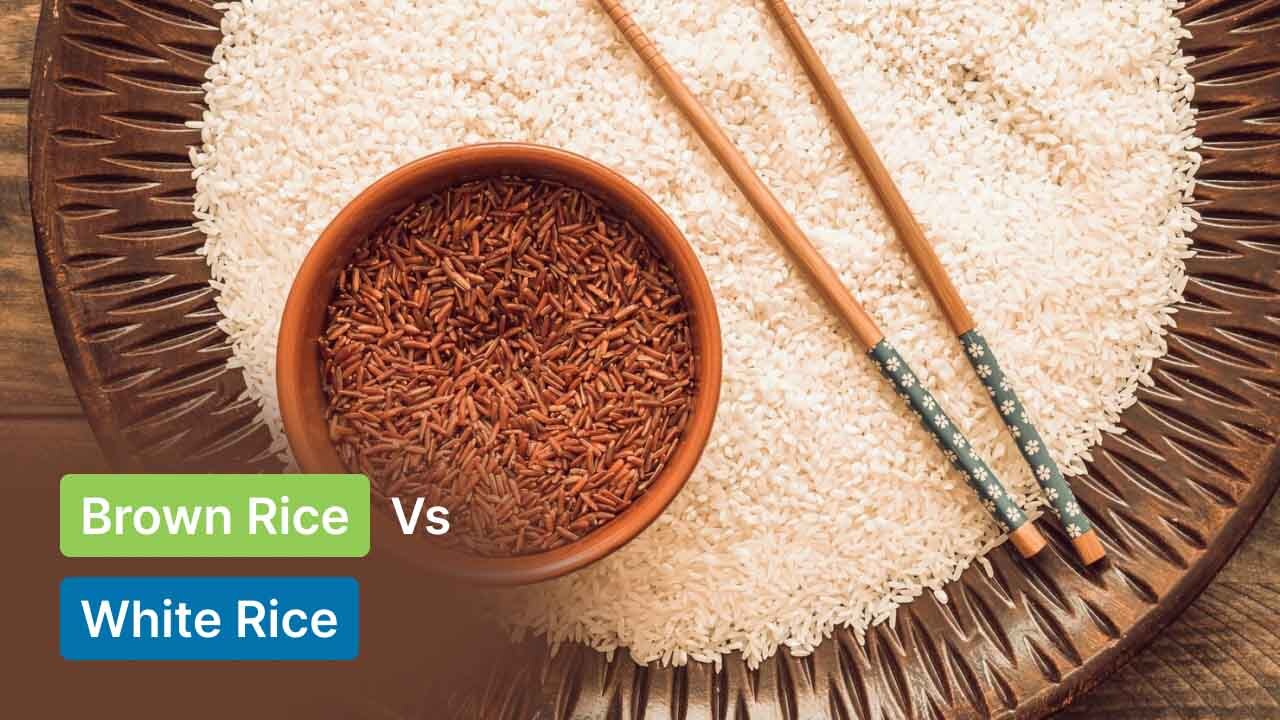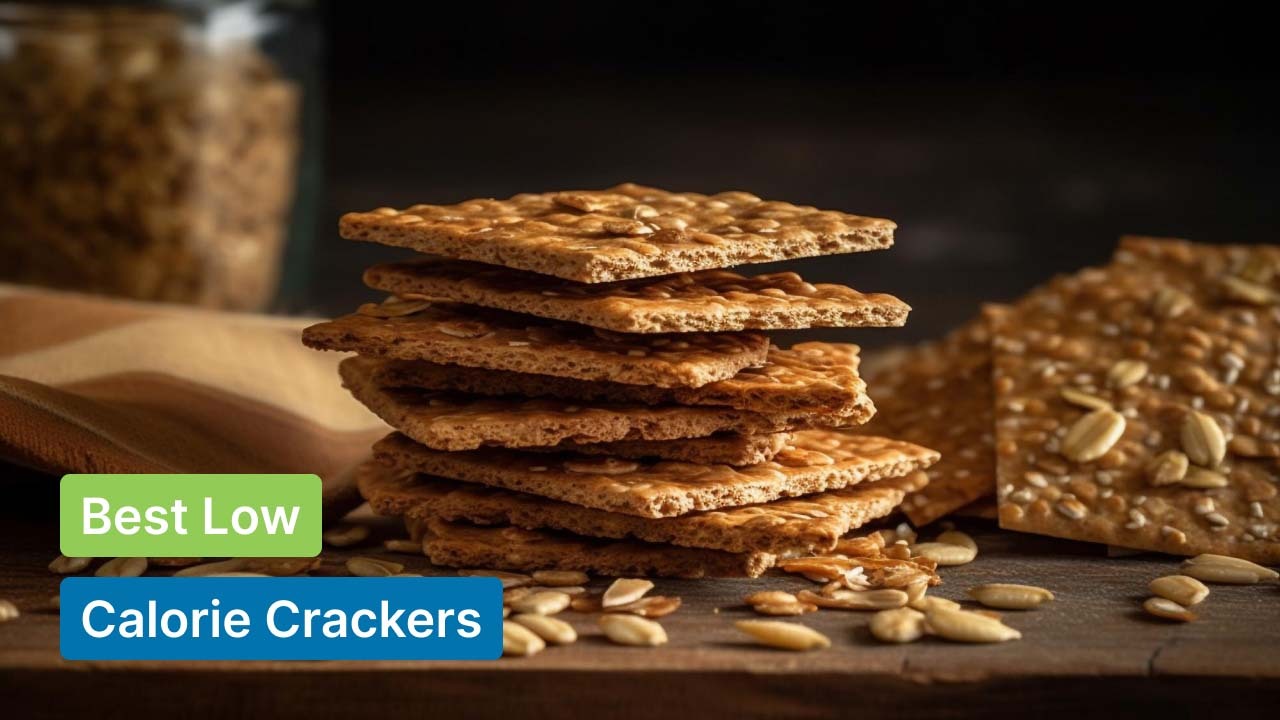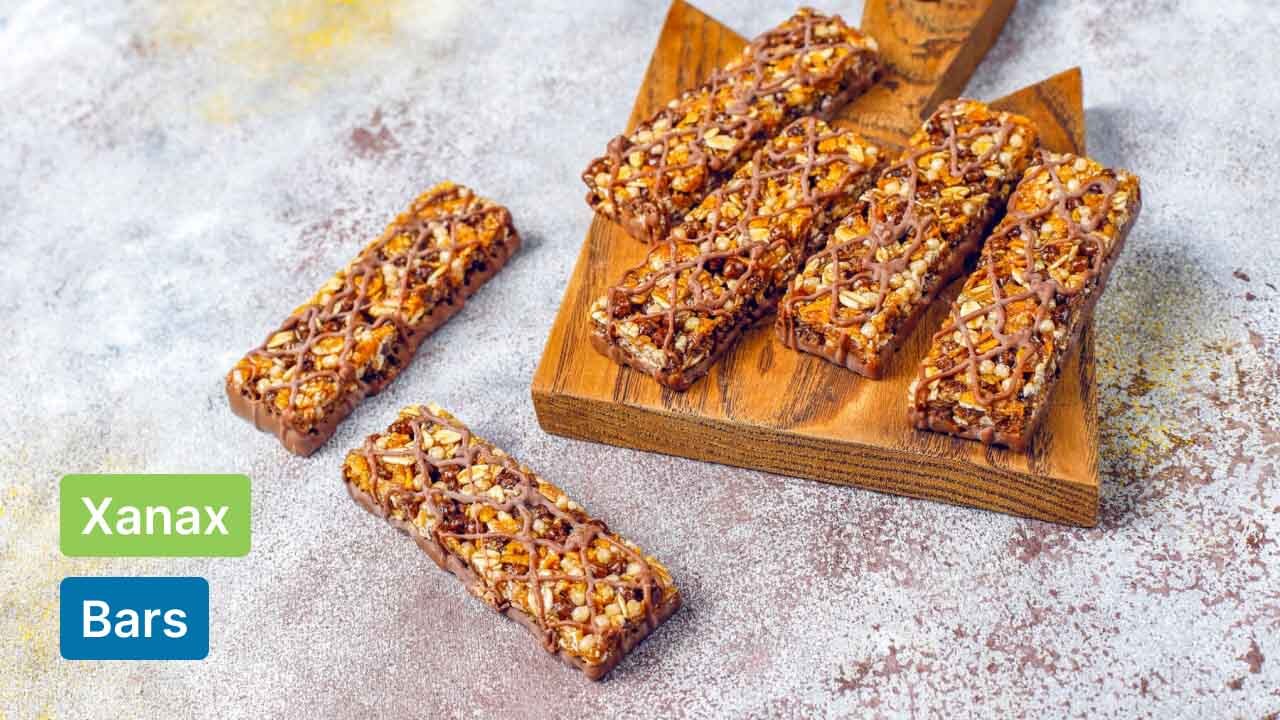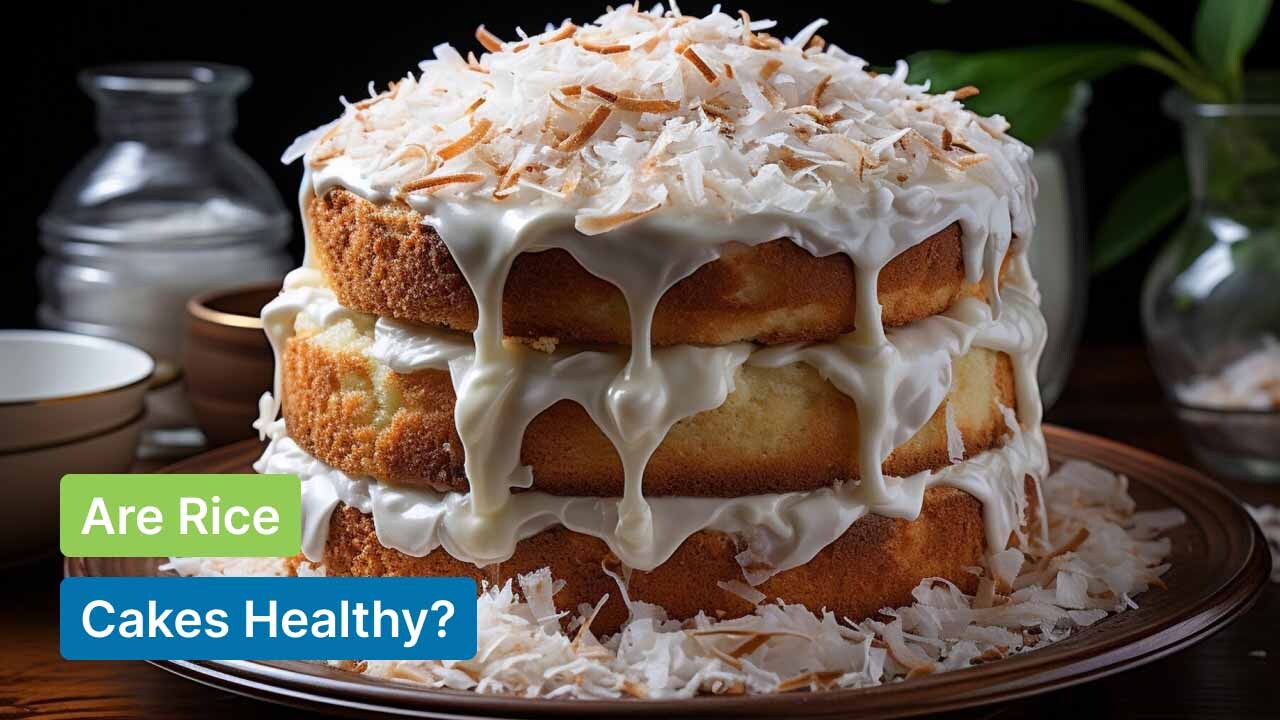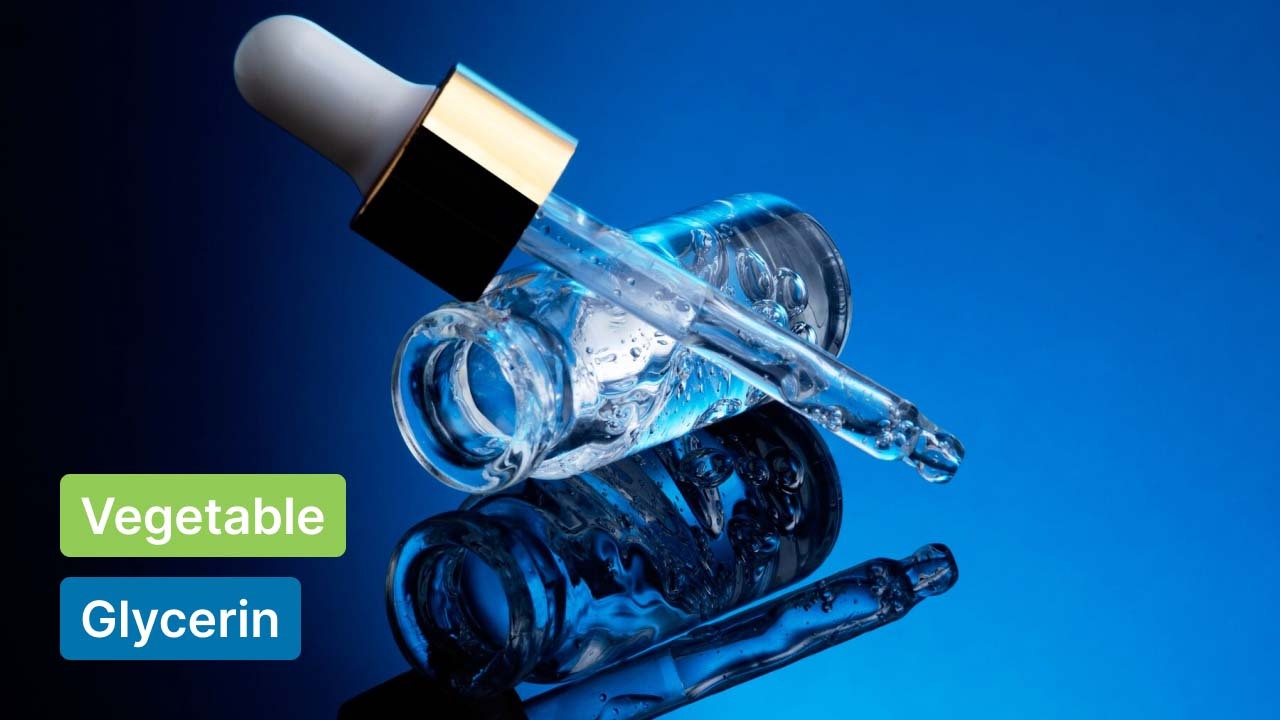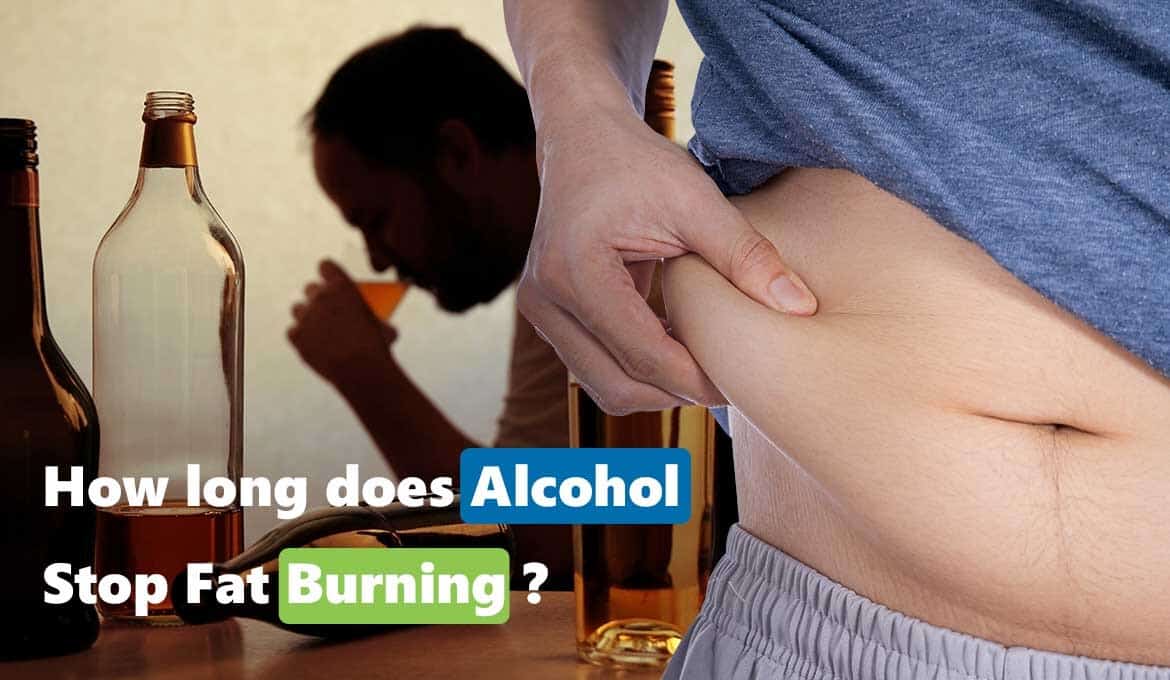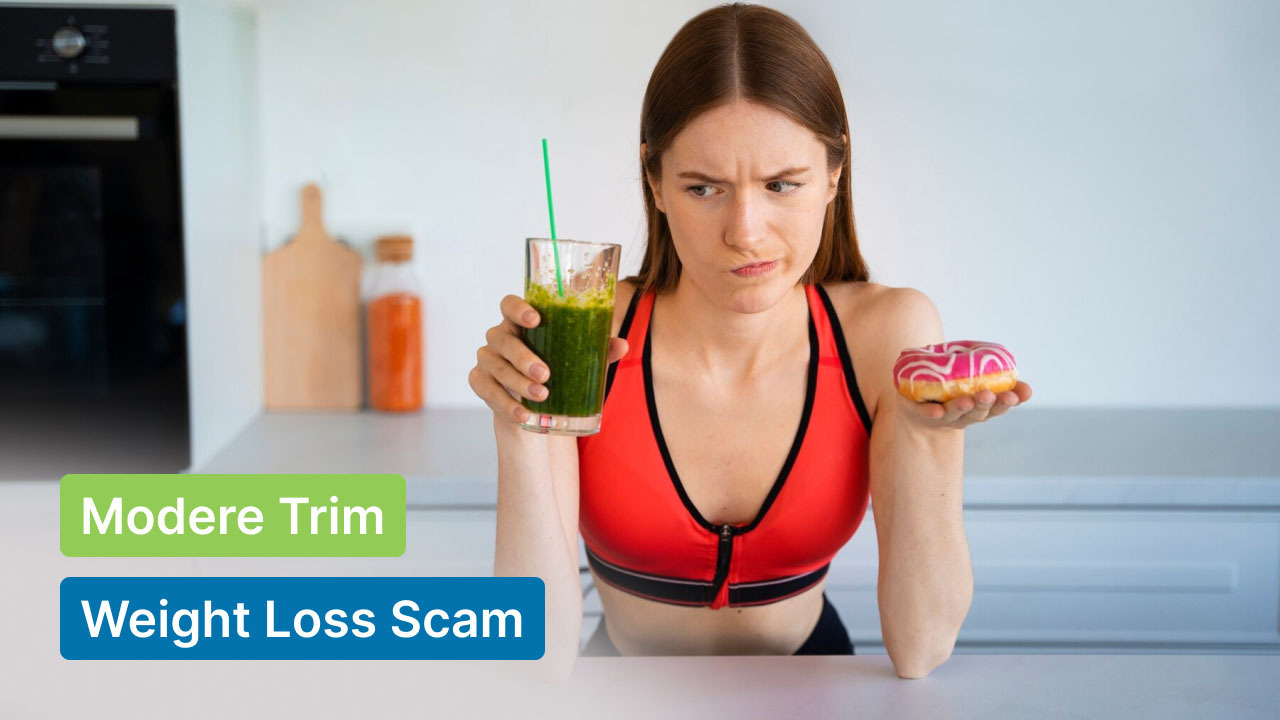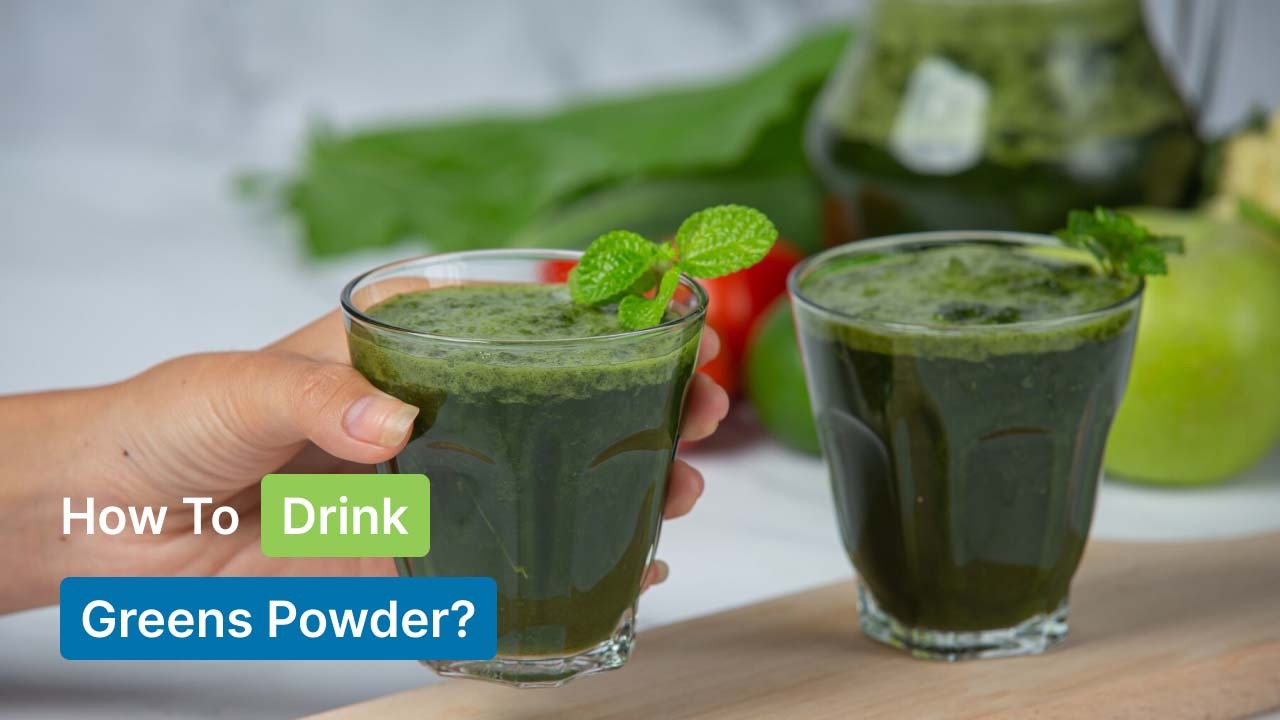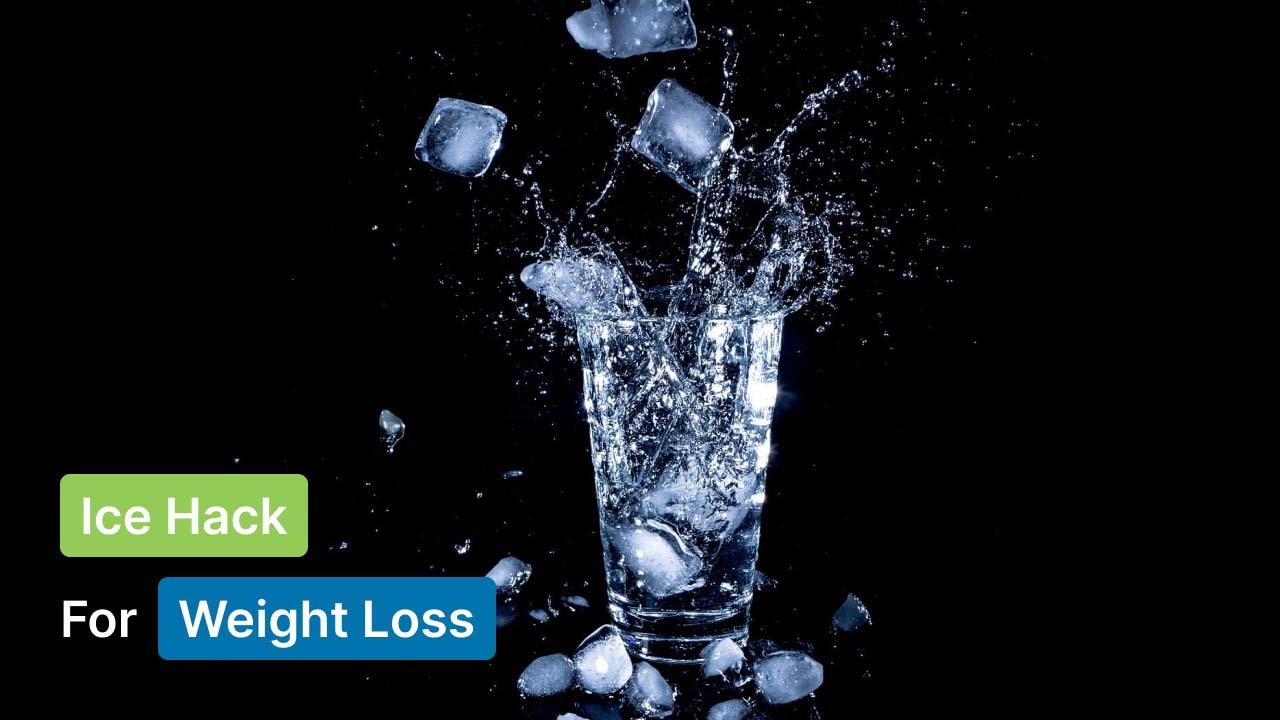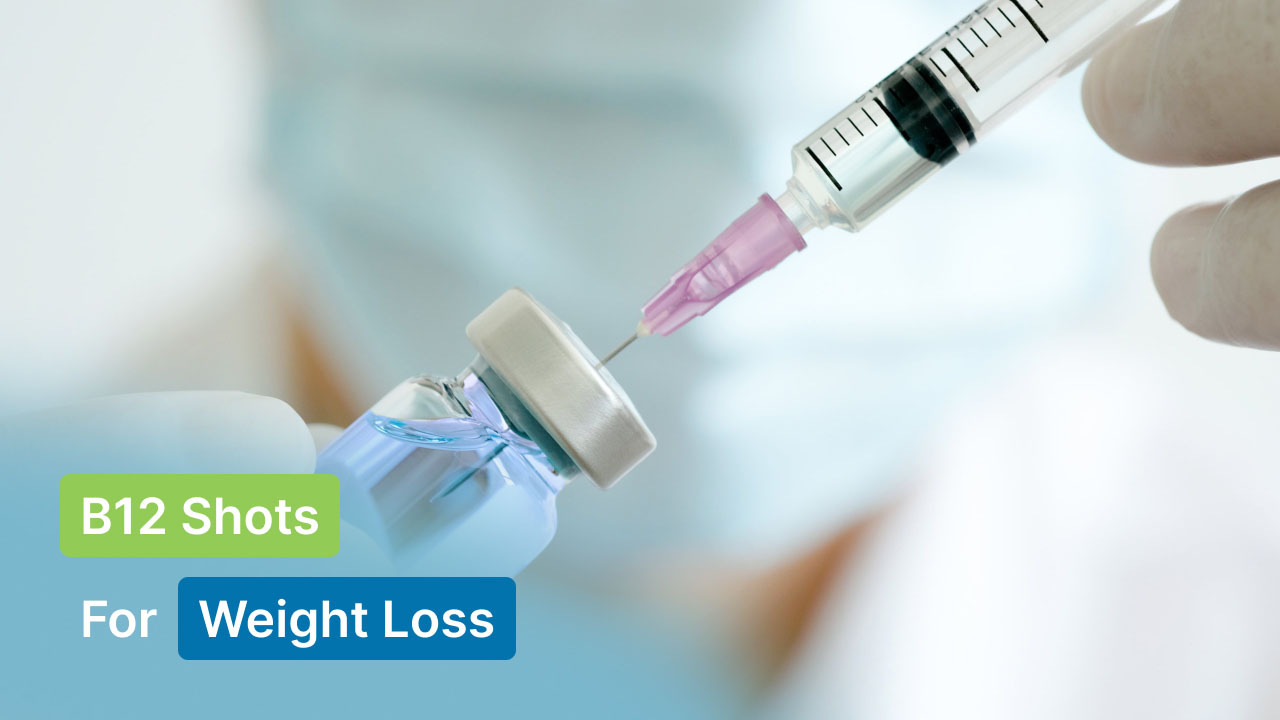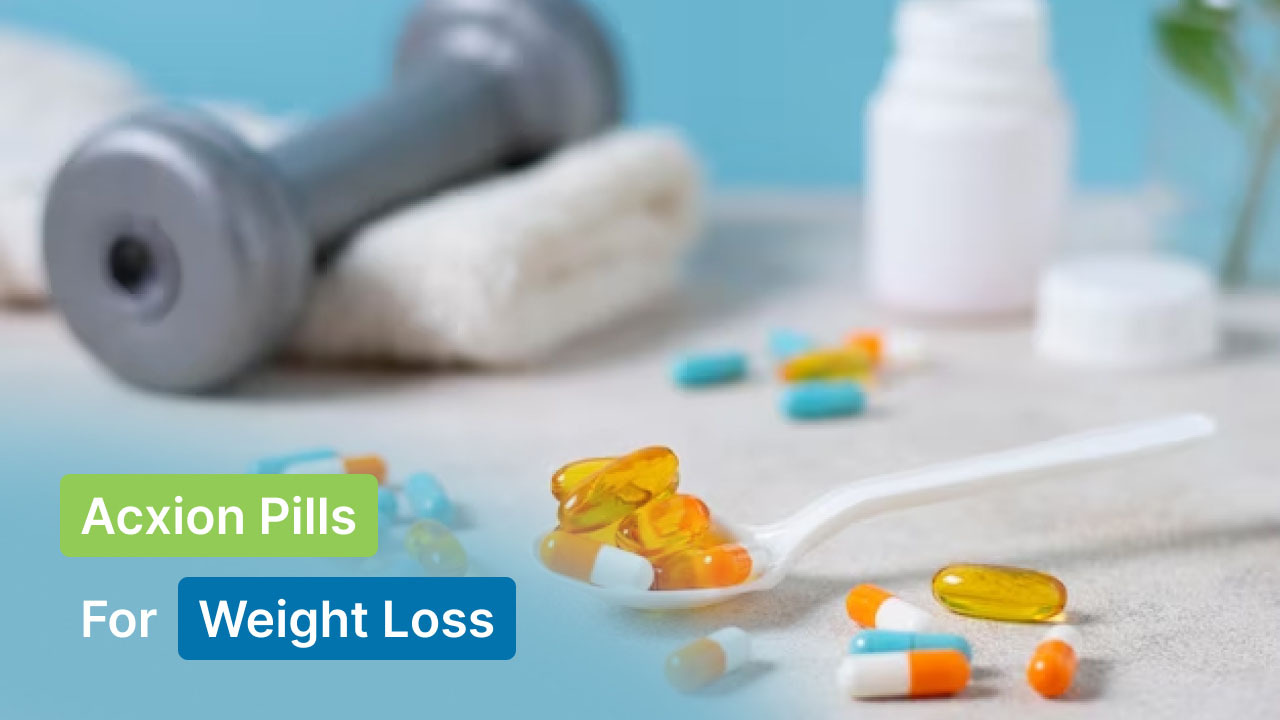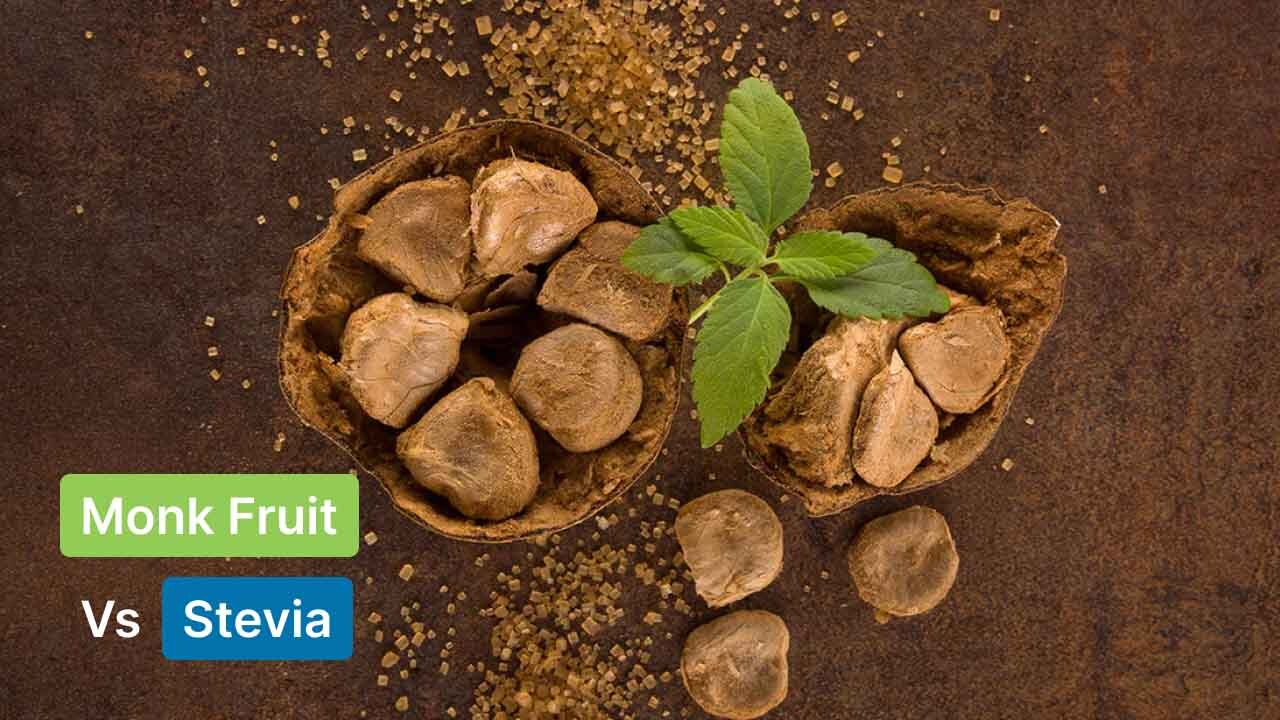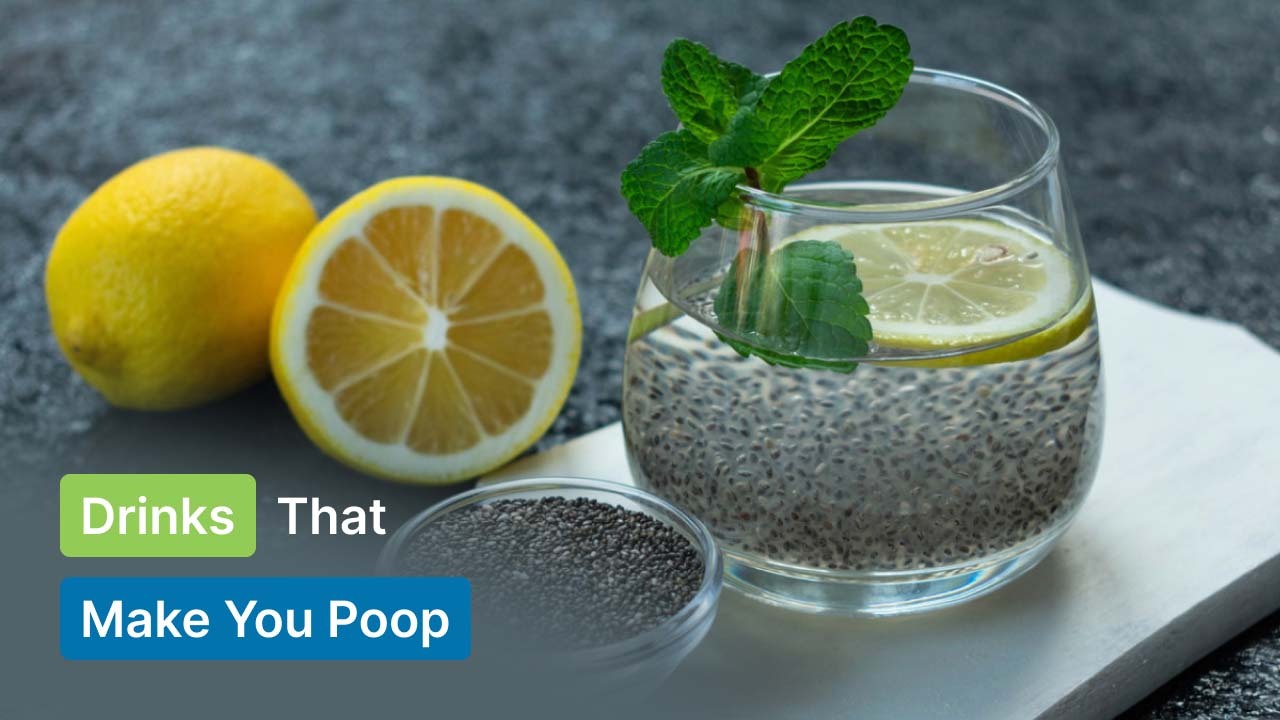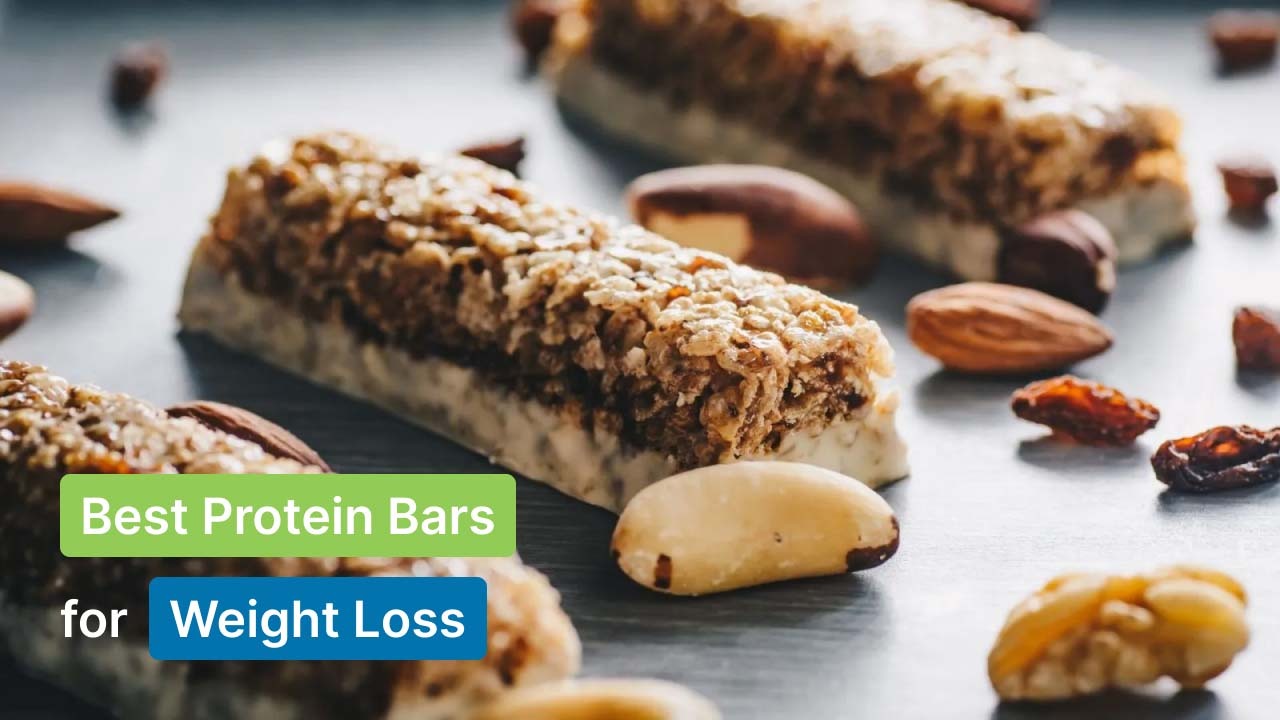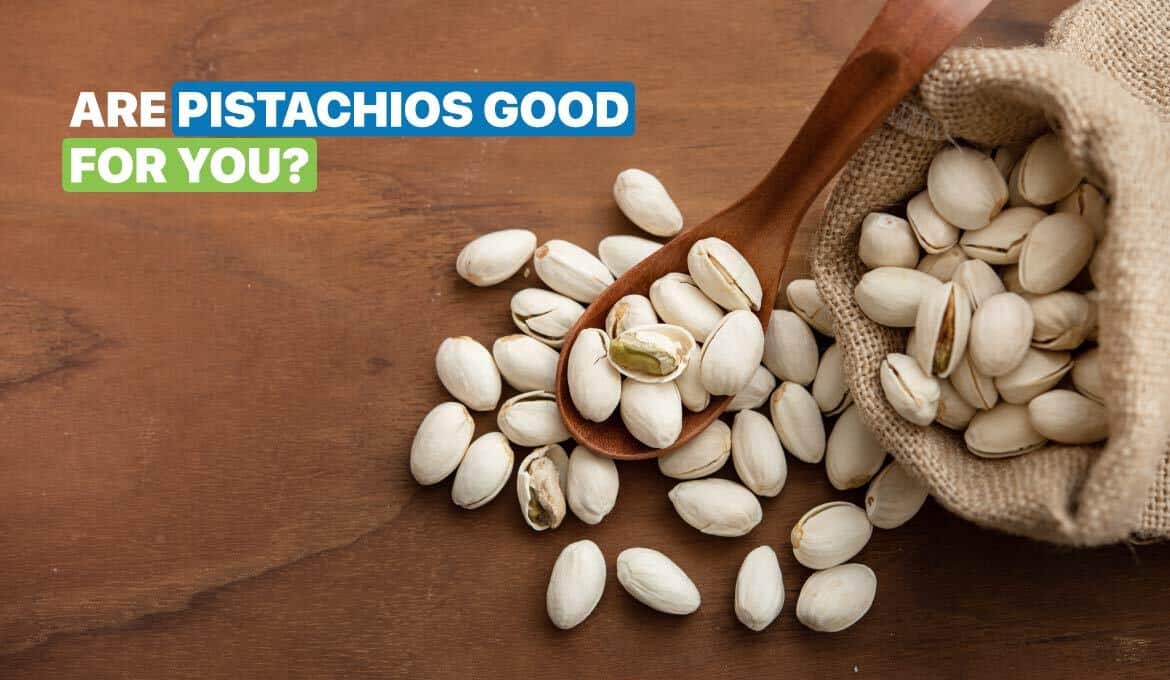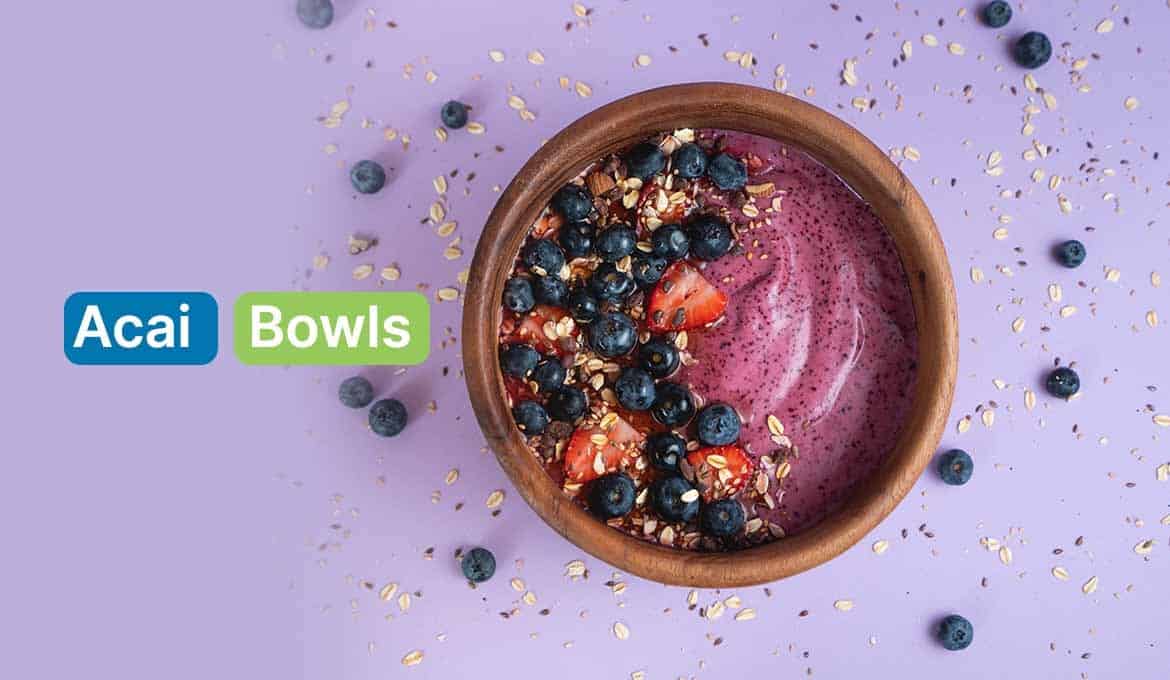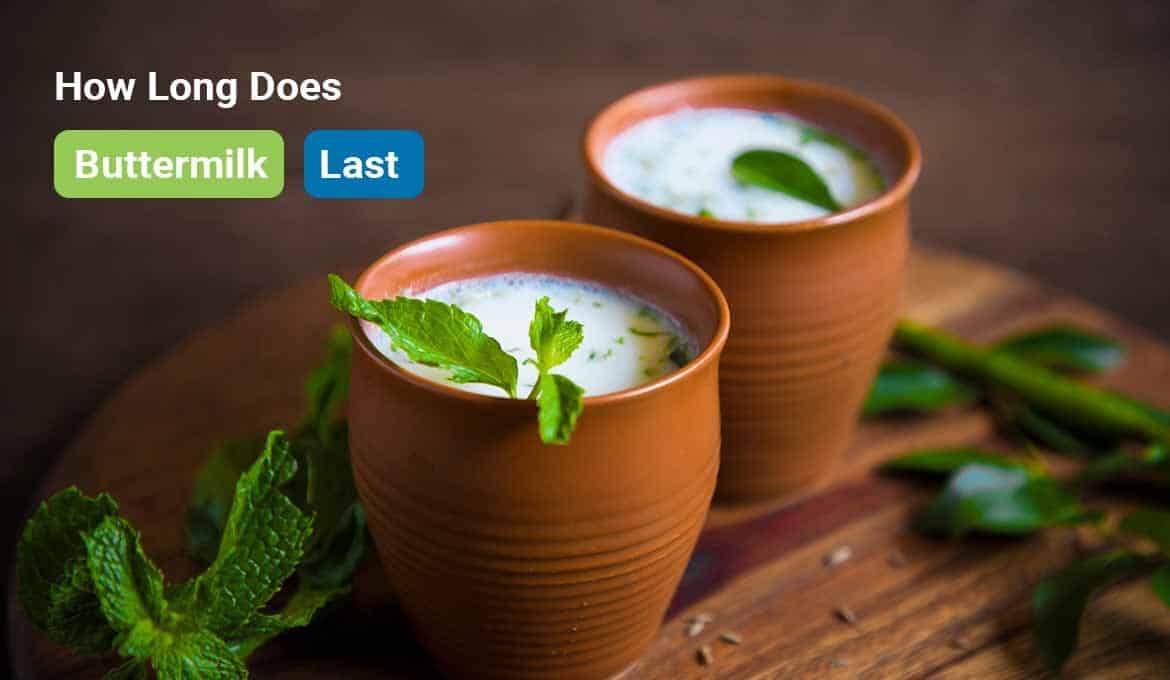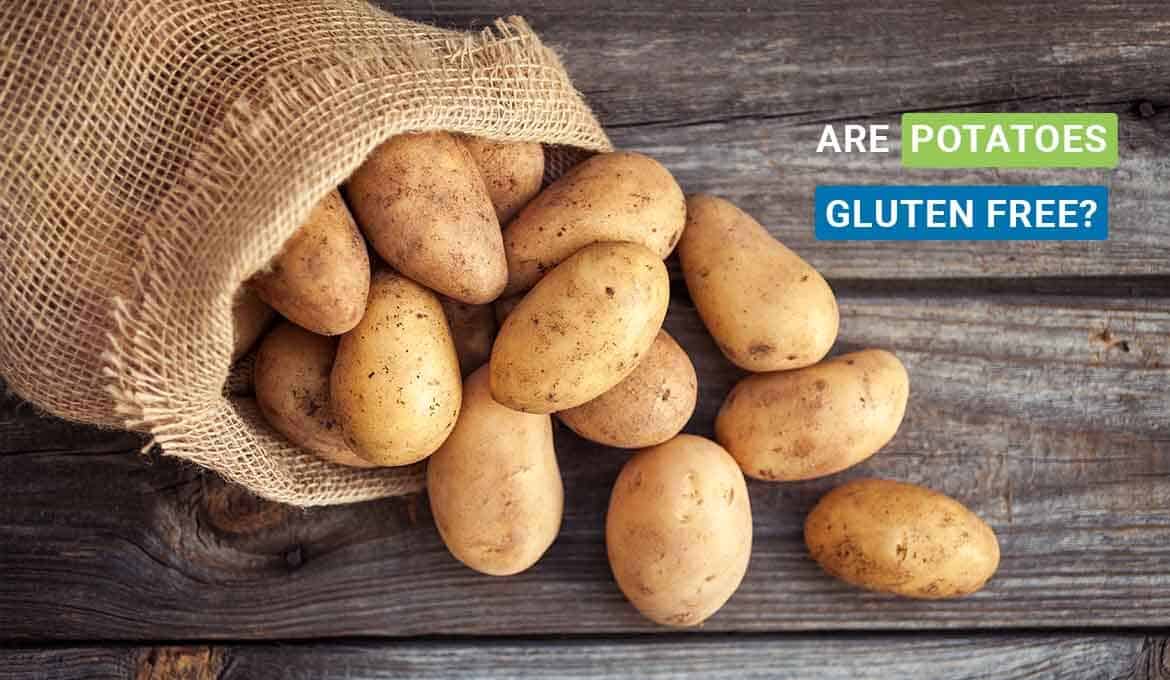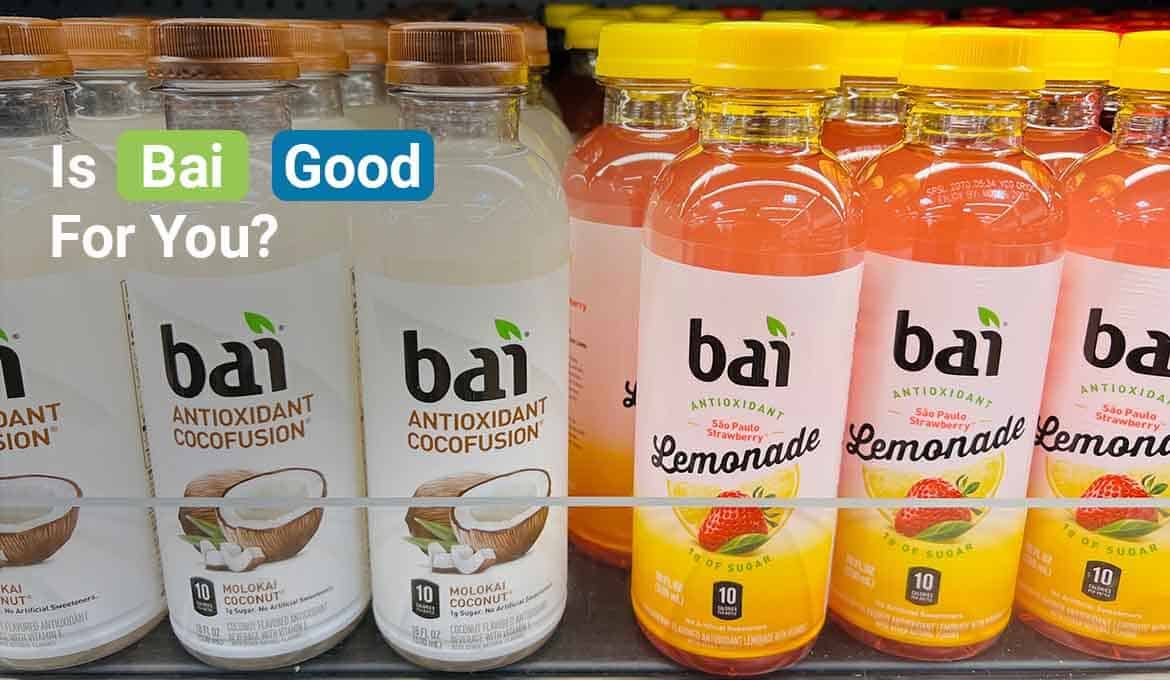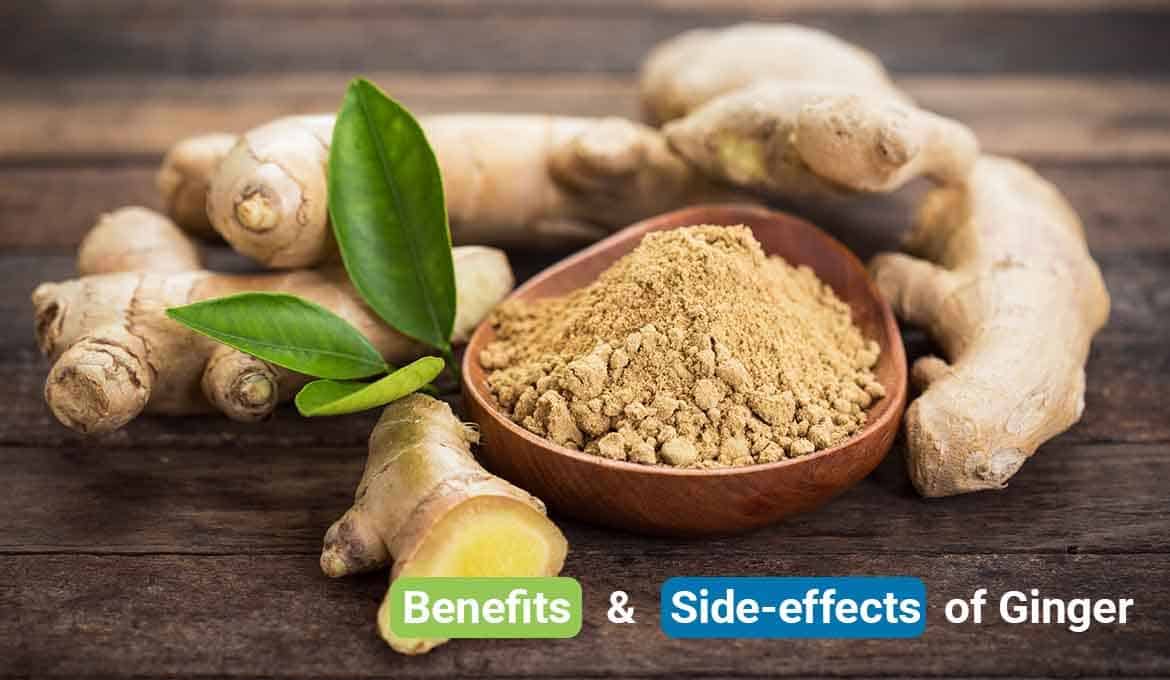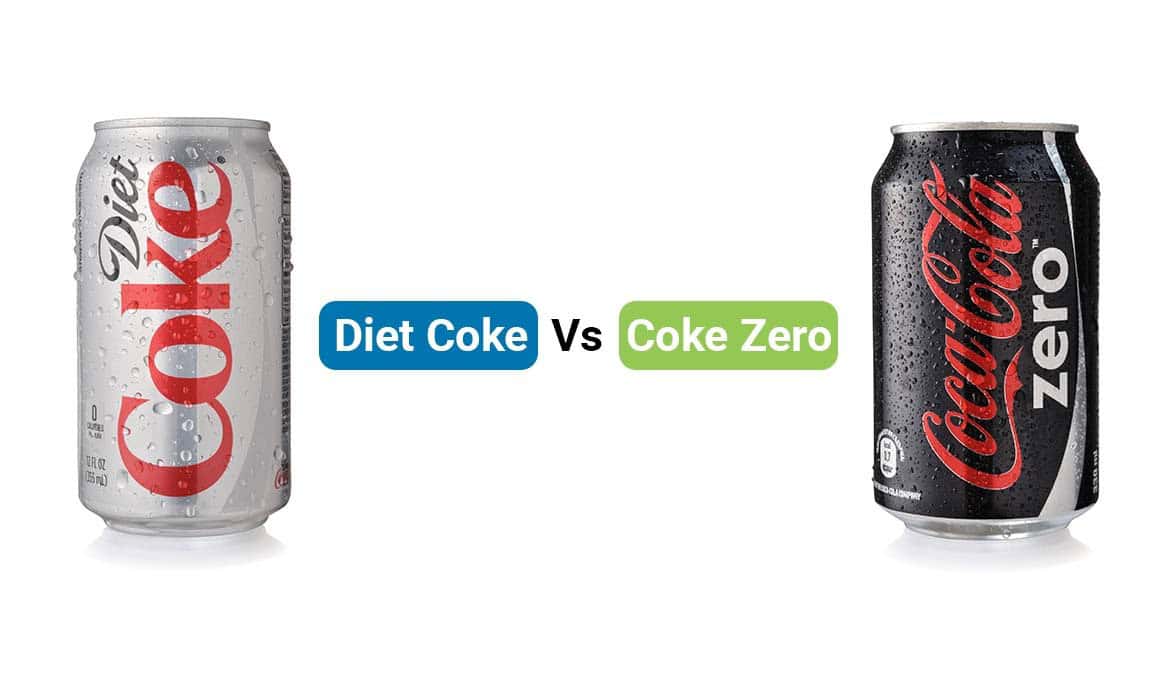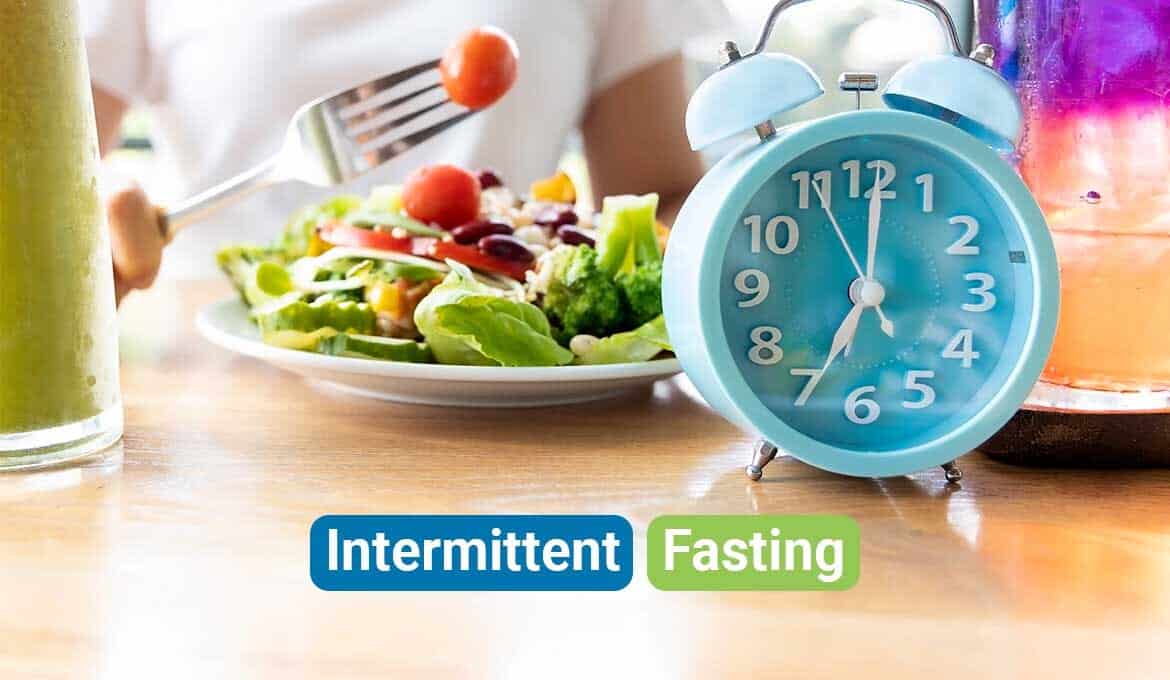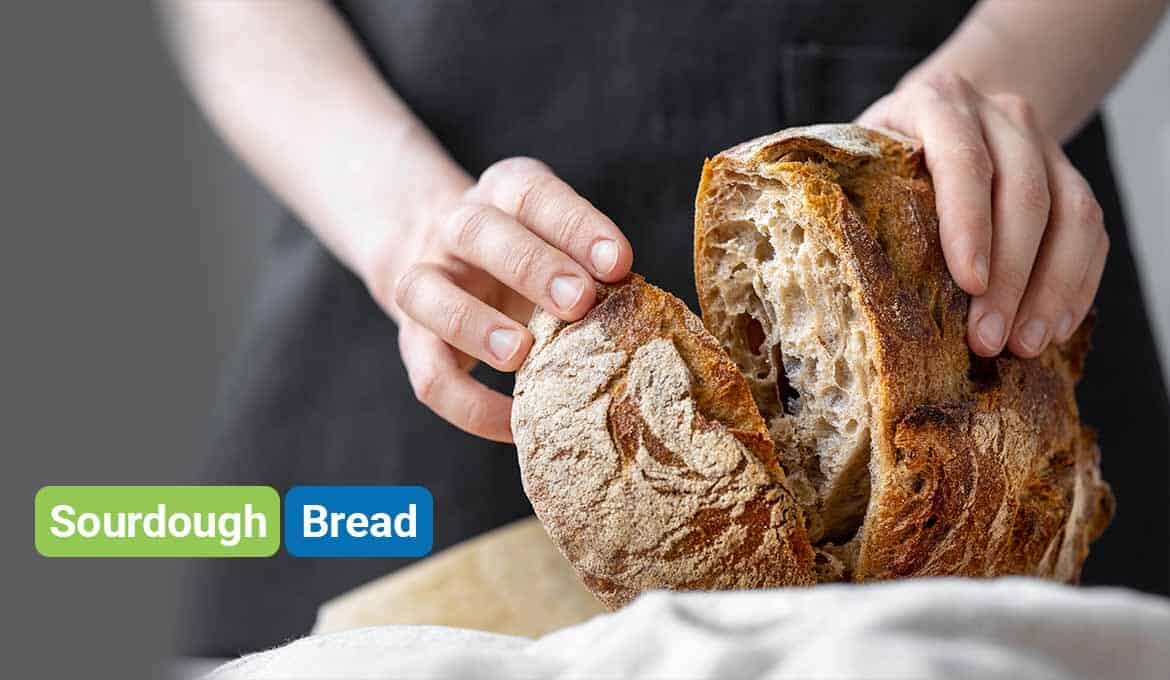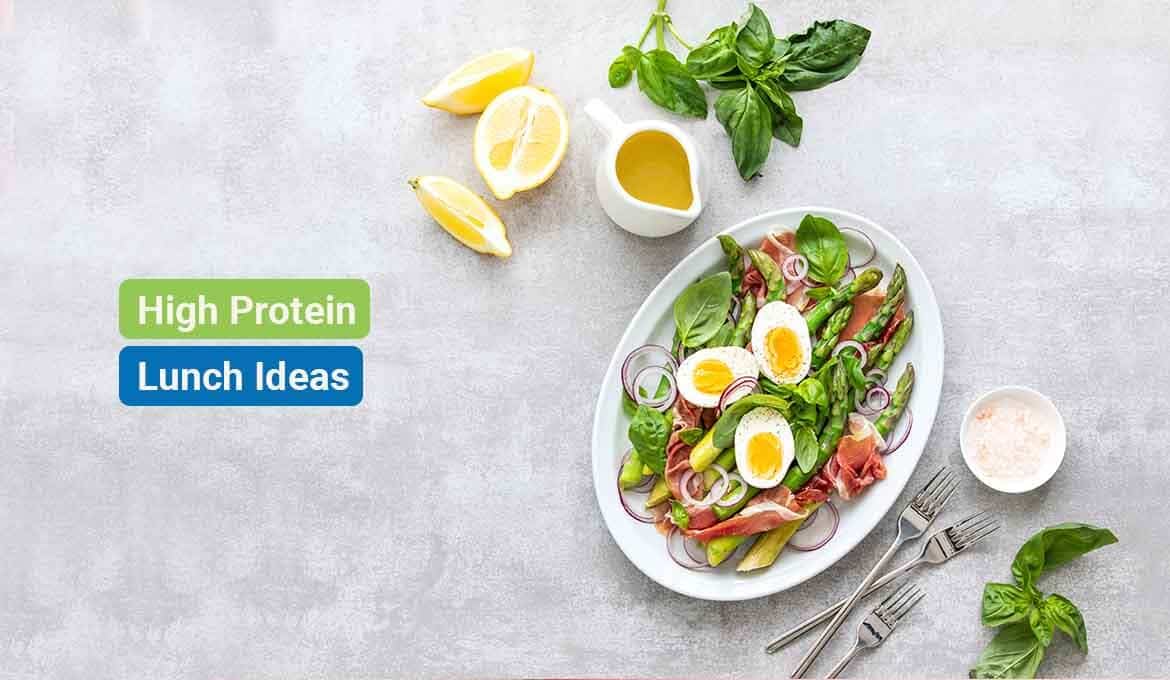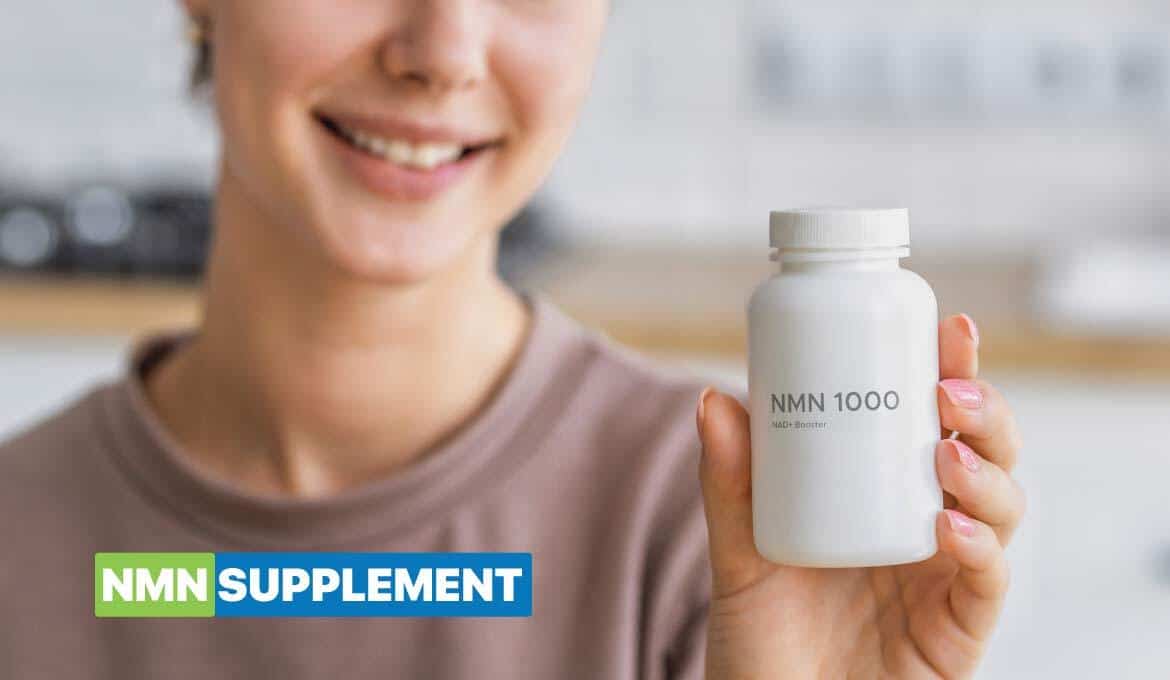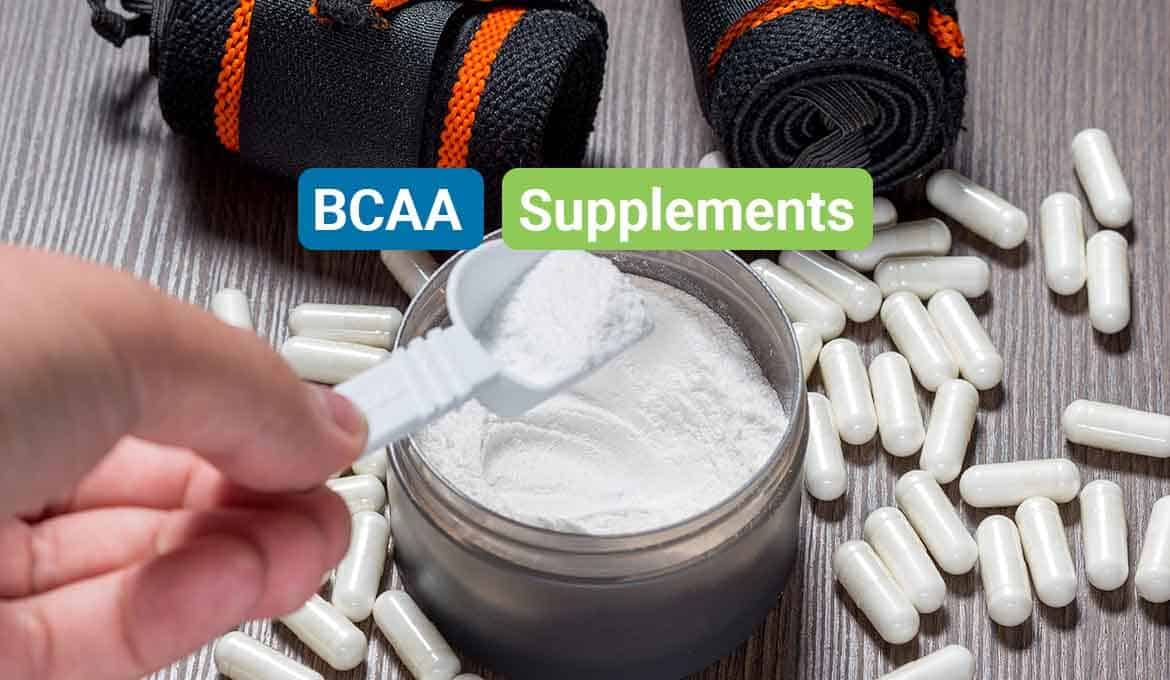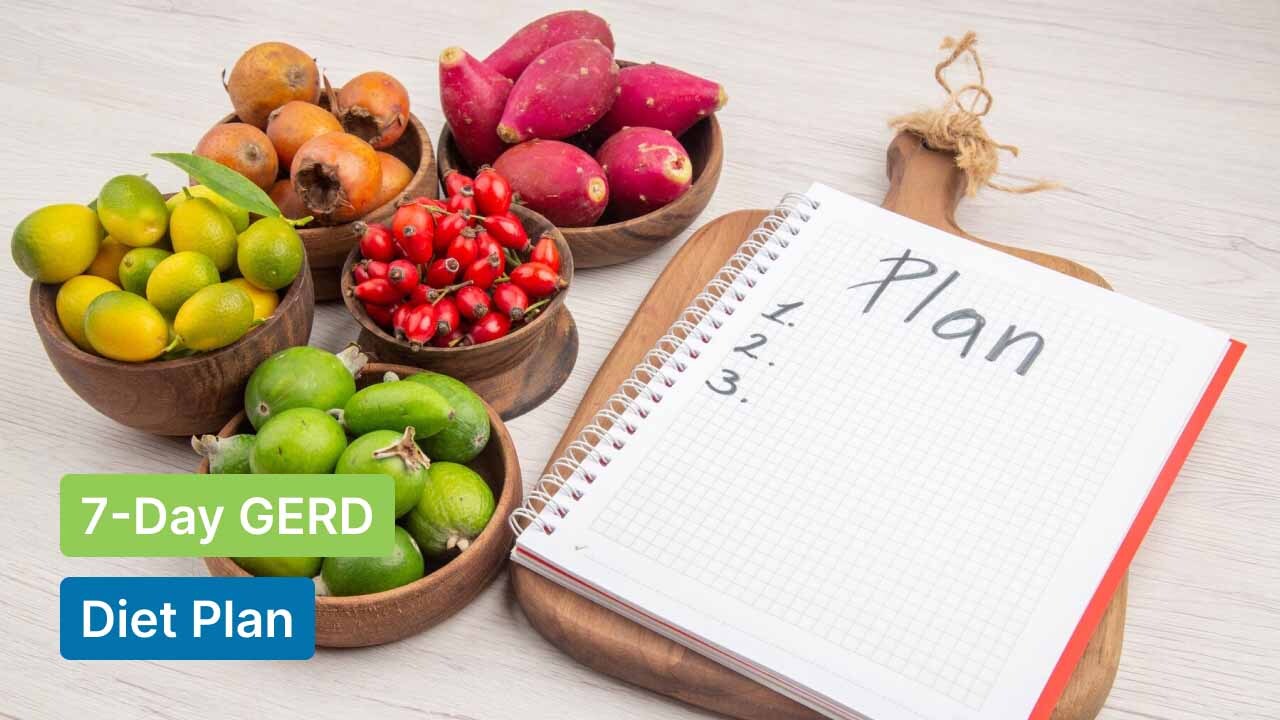
If you ever felt like a burning volcano erupting in your chest right after having a meal, then you've got acid reflux. It's not a sign of any serious condition, but if you know what to eat and what not to, it becomes easier to manage the discomfort. But what is GERD exactly? Why do we need a special diet for this? What foods should you eat, and what should you avoid?
GERD is a common gastrointestinal condition, though it affects people of all ages. Nearly 20% of Americans suffer from it. It happens when stomach contents (gastric secretions) rise into your esophagus, which then causes a burning sensation in your chest and throat.
It can be managed through lifestyle changes, especially following a customized GERD diet. Surgery is also a viable option, but only in severe cases.
In this blog, we will explore what food to eat if you have heartburn or acid reflux and provide a 7-day GERD diet plan to help you relieve your acid reflux symptoms.
But first, we need to learn a bit more about GERD and how it works.
What is GERD?
GERD, short for Gastroesophageal Reflux Disease, is a chronic version of acid reflux or heartburn. We all know that our stomach produces powerful hydrochloric acid to help break down the food we eat.
That means it helps in digestion. But sometimes, this acid decides to experiment with your esophagus, which is a tube that connects your mouth to your stomach.
Generally, the esophageal sphincter, which is a muscular tube that allows food to enter the stomach and subsequently closes to prevent it from coming back, safeguards the esophagus from stomach acid.
However, as the sphincter loosens up or relaxes, food may move upward via a loosened aperture, resulting in acid reflux.
It can be caused by a range of factors, such as smoking, obesity, pregnancy, and certain medications. It’s interesting to know that GERD is also somehow associated with excess body weight.
As reported by a study published in Visceral Medicine, weight loss has been shown to reduce GERD symptoms in overweight and obese people.
How Does It Happen?
If you've ever experienced GERD symptoms such as burning, blistering, or feeling nauseous, you know how uncomfortable and sometimes catastrophic the situation can be. This happens when you eat more.
Yes, the more stuff you put in your stomach at a time, the more likely the food will trigger acid reflux symptoms.
This is due to the fact that when you overfill your stomach, the pressure inside the stomach will increase. This increases the possibility that the food's acidic contents will make their way through the LES (lower esophageal sphincter) again.
What are The Signs and Symptoms of GERD?
As explained, GERD may result from a weakening or failure of the esophageal sphincter, the valve that closes off the stomach and esophagus.
The symptoms of GERD can arise when this valve malfunctions, allowing stomach acid and other contents to reflux back up into the esophagus.
The most common sign of GERD is a burning sensation in your chest, also called heartburn. This usually happens right after you eat a meal. Other symptoms include:
- Upper abdominal or chest pain
- The backwash of food or liquids
- Regurgitation
- Change of taste, usually bitter or sour
- Nausea and vomiting
- Difficult or painful swallowing (dysphagia)
- A sensation of a lump in your throat
- Frequent cough
- Bad breath
- Hoarseness
- Sore throat
- Increased saliva
- Shortness of breath
If you have any of these symptoms, you may benefit from a dietary modification in which we avoid common GERD triggers while including foods known to relieve GERD symptoms.
Experts say that diet is the first line of treatment used for those with GERD diet plan, and it plays a key role in regulating acid reflux symptoms. Let’s come to the exciting part.
Why Choose a 7-Day GERD Diet Plan?
Choosing GERD-friendly foods can be stressful, especially if you are having a flare-up of your GERD symptoms because it might seem like everything you eat or drink causes acid reflux symptoms.
According to a study published in Science Daily by Massachusetts General Hospital, adherence to specific diet and lifestyle tips can considerably reduce GERD symptoms. That means even without any medication or clinical treatment, it's possible.
Generally, GERD is a manageable condition for most folks, but if left untreated, it can lead to serious complications. Following the 7-day GERD diet plan will help you in:
- Reducing the severity of GERD symptoms like reflux and chest pain
- Preventing damage to the esophagus caused by acid reflux
- Improving digestion without having to depend on laxatives or other drugs
- Minimizing bloating and gas after meal
- Improving blood flow to the gut
- Fixing regular bowel movement
Customized 7-Day GERD Diet Plan
The 7-Day GERD diet plan generally includes the healthy and best foods to eat with GERD, such as:
- Lean protein (e.g., beans, meat, yogurt, lentils)
- Root vegetables (e.g., carrots, sweet potatoes, beetroots)
- Green vegetables (e.g., broccoli, green beans, asparagus)
- Low-sugar and non-citrus fruits (e.g., apple, watermelon)
- Whole grains (e.g., brown rice, quinoa, millet, barley)
- Healthy fats (e.g., nuts, flaxseeds, eggs)
Our diet plan focuses on eating smaller meals more frequently and avoiding foods that may lead to inflammation in your gut. This plan is for seven days (a week) of breakfast, lunch, dinner, and healthy snacks.
Let's start with Day One!
Day – 1
Breakfast: Overnight oat made with almond milk or skimmed milk, flax seeds, sliced banana, plus honey
Lunch: Grilled Chicken with a bowl of brown rice, steamed broccoli, or quinoa
Dinner: Baked salmon with sautéed spinach, sweet potato
AM Snack: A handful of almonds or hummus
PM Snack: Apple slices or carrots
Day – 2
Breakfast: Avocado toast with scrambled eggs, ginger tea
Lunch: A bowl of lentil soup, 2-3 multi-grain breads
Dinner: Baked cod with olive oil, quinoa, asparagus
AM Snack: Cucumber, greek yogurt
PM Snack: Watermelon cubes
Day – 3
Breakfast: Greek yogurt, blueberries, honey
Lunch: Turkey sandwich made with whole wheat bread
Dinner: Green beans, roasted turkey, mashed cauliflower
AM Snack: Almond butter, rice cakes
PM Snack: A handful of grapes
Day – 4
Breakfast: Banana smoothie made with chia seeds and almond milk
Lunch: Whole wheat crackers, Tuna salad
Dinner: Baked chicken with roasted Brussels sprouts, sweet potato
AM Snack: Apple slices, Cheddar cheese
PM Snack: Sliced mango
Day – 5
Breakfast: Protein smoothie with banana, spinach,
Lunch: Chicken salads along with cucumber and cherry tomatoes,
Dinner: Brown rice with steamed fish and mixed vegetables
AM Snack: Dried apricots, almonds
PM Snack: Mixed fruit bowl
Day – 6
Breakfast: Egg white omelet with whole bread, mushroom, spinach
Lunch: Quinoa salad, grilled veggies
Dinner: Grilled chicken breast or turkey breast with mashed potatoes
AM Snack: Walnuts, banana
PM Snack: Greek yogurt with a drizzle of honey
Day – 7
Breakfast: Banana pancakes with maple syrup
Lunch: Roasted beef wrap, romaine lettuce
Dinner: Grilled tofu, Brussels sprouts, sweet corn
AM Snack: Apple, low-fat cottage cheese
PM Snack: Roasted pumpkin seeds
Table of 7-Day GERD Diet Plan
To make it easier for you, here’s a customized weekly GERD diet table!
| Day | Breakfast | Lunch | Snack | Dinner |
| Day – 1
(Monday) |
Oatmeal
Bananas Almond milk |
Grilled Chicken, Brown rice, steamed broccoli, or quinoa | A handful of almonds, or carrots, or hummus | Baked salmon, Sautéed spinach, sweet potato |
| Day – 2
(Tuesday) |
Avocado toast, scrambled eggs | Lentil soup, multigrain bread | Cucumber, greek yogurt, | Quinoa, asparagus, Baked cod |
| Day – 3
(Wednesday) |
Greek yogurt, blueberries, honey | Turkey sandwich with whole wheat bread | Almond butter, rice cakes | Green beans, roasted turkey, mashed cauliflower |
| Day – 4
(Thursday) |
Banana smoothie, chia seeds, almond milk | Whole wheat crackers, Tuna salad, | Apple slices, Cheddar cheese | Baked chicken with roasted Brussels sprouts, sweet potato |
| Day – 5
(Friday) |
Protein smoothie, banana, spinach | Chicken salads, cucumber, cherry tomatoes, | Dried apricots, almonds | Brown rice, steamed fish, mixed vegetables |
| Day – 6
(Saturday) |
Egg white omelet, mushroom, spinach | Quinoa salad, grilled veggies | Walnuts, banana | Baked cod, quinoa, steamed zucchini, |
| Day – 7
(Sunday) |
Banana pancakes, maple syrup | Roasted beef wrap, romaine lettuce | Apple, low-fat cottage cheese | Grilled tofu, Brussels sprouts, sweet corn |
Also, keep in mind that the above GERD diet plan is a basic sample. The ideal plan may depend on your age, weight, and health condition. As always, it's important to speak to a doctor or a certified dietician before moving forward with your diet.
What Not To Eat During Acid Reflux?
Apart from following the diet, there's something else you should know. You can't just eat whatever you want, especially when you're dealing with acid reflux. So, there are certain foods that you need to avoid that may cause inflammation in your gut.
Acid reflux is what causes GERD, so eating a lot of acidic foods may make your symptoms worse. Other foods to avoid during acid reflux include:
- Vegetables such as garlic and onions
- Citrus fruits
- Fried food
- Fast food such as pizza, burgers, tacos
- Tomatoes and tomato-based sauces
- Chocolates, and icecreams
- Mint and peppermint
- Vinegar, including apple cider vinegar
- Processed snacks like potato chips, banana chips
- Beverages like carbonated drinks, alcohol, soda, tea and coffee
- Fatty meats such as bacon and sausage
- Gluten and dairy (High fat)
Note that GERD food triggers vary by individual; however, these are the most common acid reflux trigger foods. They either irritate the lining of the digestive tract, relax the Lower esophageal sphincter (LES), or slow down the emptying of the stomach.
Other Ways To Manage GERD Symptoms
While food is the main focus when it comes to treating acid reflux, there are other things you should be mindful of. Here are some of the lifestyle changes you should make:
- Maintain a straight body posture when eating a meal and also for the next 30 minutes. Doing this will prevent the backflow of undigested food.
- Chew your food well before swallowing. Health experts recommend chewing food at least 32 times.
- Drink plenty of water every day (8 glasses)
- Keep a healthy body weight to avoid intragastric pressure.
- Cut down on sugar intake.
- Avoid wearing tight clothes, especially pants that may cause heartburn from stomach pressure.
- Refrain from eating two hours before going to bed. So, no midnight snack or late supper!
- Say no to smoking and drinking, as it can worsen your discomfort in the esophagus.
- Don't lie down or take a nap after eating a meal.
- Always sleep in the right posture. Keep your head slightly above your body level. Never sleep on your back.
Wrapping Up!
So this was all about GERD and the popular 7-day GERD diet plan you can adopt in your lifestyle. GERD is not uncommon, so don't be concerned if you're getting uncomfortable with your symptoms. Just follow the above 7-day diet plan, and you're good to go!
Living with acid reflux doesn’t have to be complicated. It's very simple – Try to reduce the amount of food you eat every day to make it easier for your body to absorb nutrients and minimize gut inflammation.
But if your symptoms don't get better or get worse even after being careful with your diet, don't wait. Consult your doctor immediately and follow up with the treatment they recommend.
FAQs
1. What is a good breakfast for GERD patients?
Ans: Some of the good breakfast options for GERD patients are oatmeal, boiled eggs, yogurt, non-citrus fruits, lean proteins, and avocado.
2. What sandwich is good for acid reflux?
Ans: Low-fat sandwiches are good for patients with acid reflux. For example, a sandwich with turkey or sliced chicken with some apple and cranberry sauce goes well.
3. Is peanut butter good for GERD?
Ans: Peanut butter is high in fat, which means it can trigger acid reflux in some people. But not necessarily. It also contains a few healthy monounsaturated fats, and some GERD patients may want to consider it.
4. Does not eating make GERD worse?
Ans: Yes. An empty stomach makes GERD worse. Not eating for a long time may lead to heartburn because of the acid buildup in the stomach.
5. What is the fastest way to neutralize stomach acid?
Ans: Drinking diluted baking soda is the fastest and most effective way to neutralize stomach acid. Add ½ teaspoon of baking soda powder into a glass of warm water, and drink. Low-acid fruits like bananas can also help neutralize acidity.
6. How do I get my stomach acid back to normal?
Ans: You can get your stomach acid back to normal by taking HCL supplements and prebiotics, eating ginger, and increasing zinc intake.
7. What foods can heal GERD?
Ans: No specific food can completely heal GERD, but there are some foods that are less likely to trigger symptoms. They include lean proteins, non-citrus fruits, ginger, carrots, sweet potatoes, and whole grains.
Read Also:









